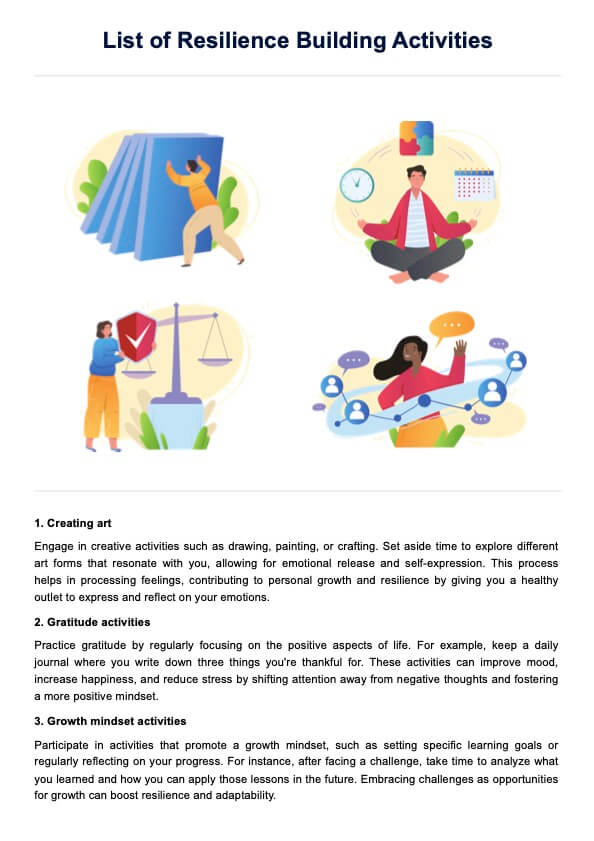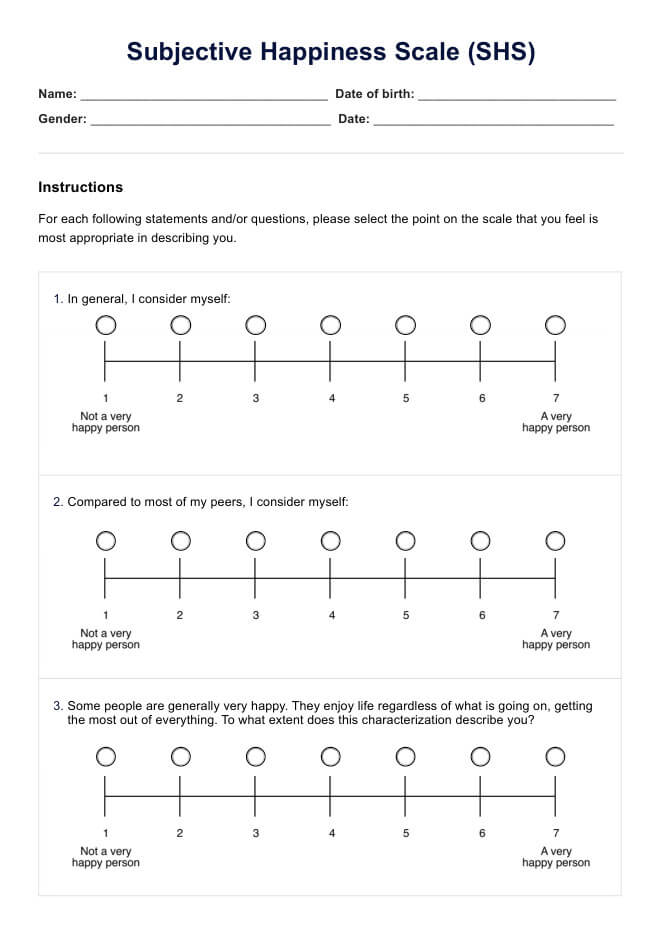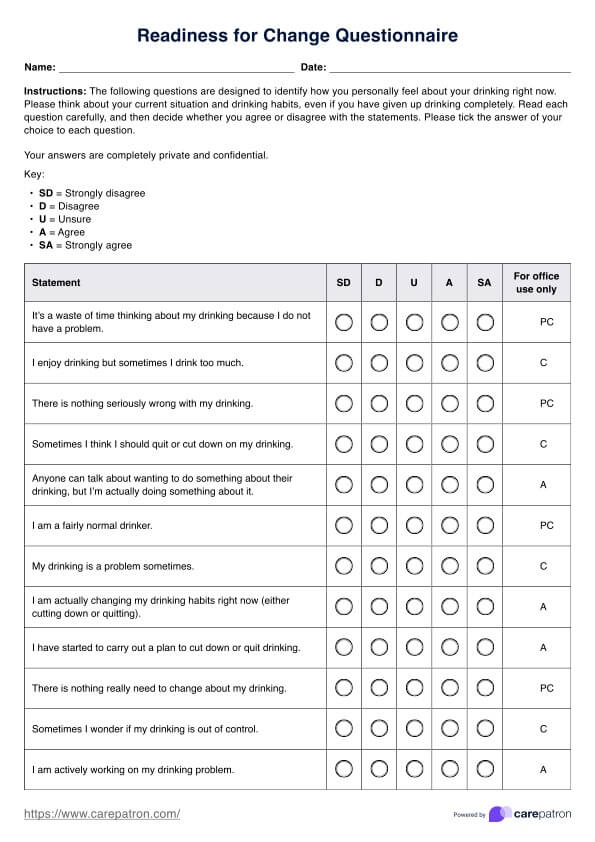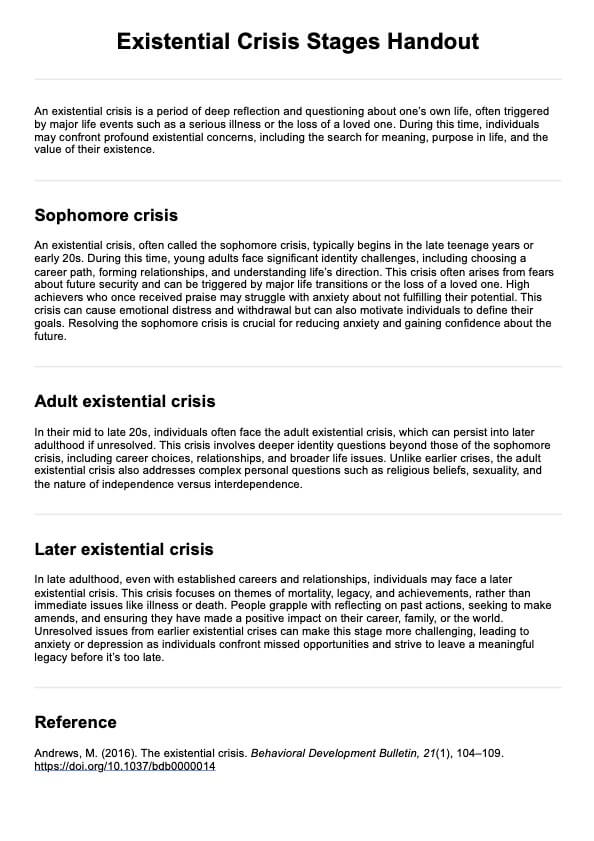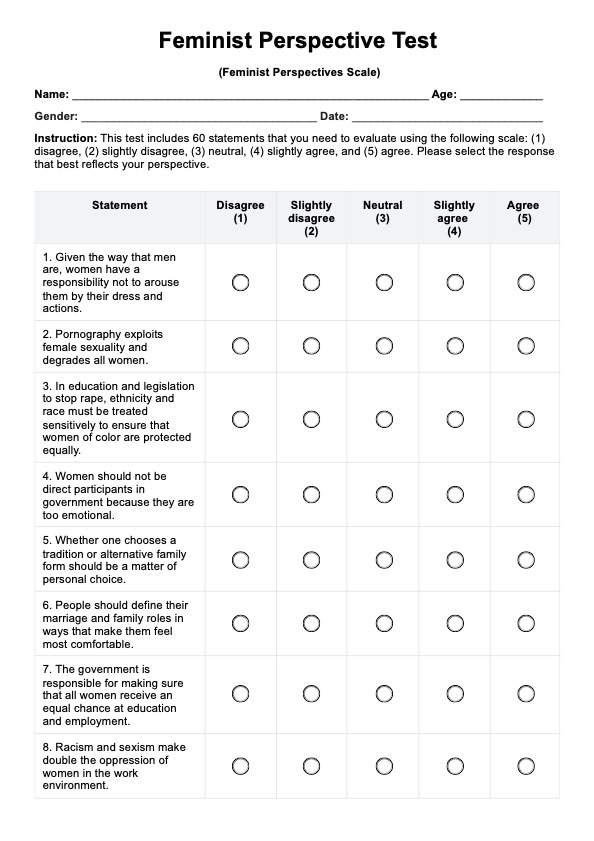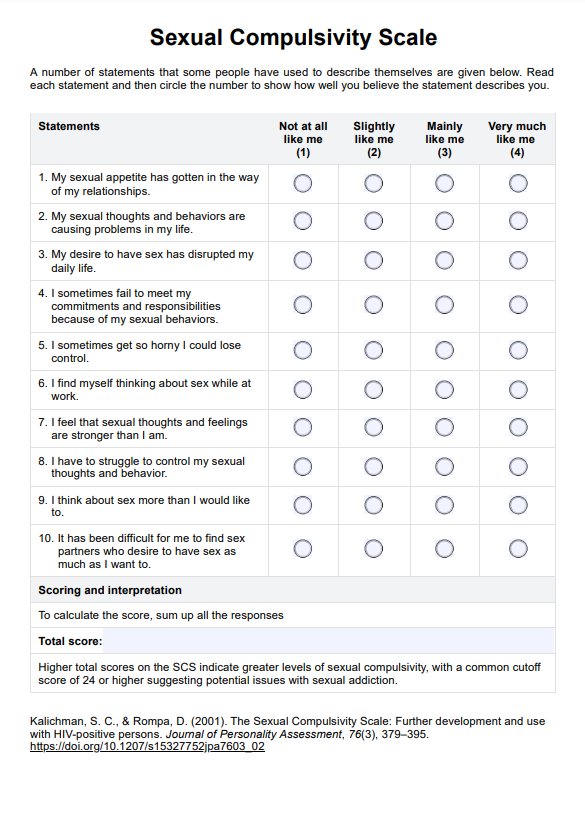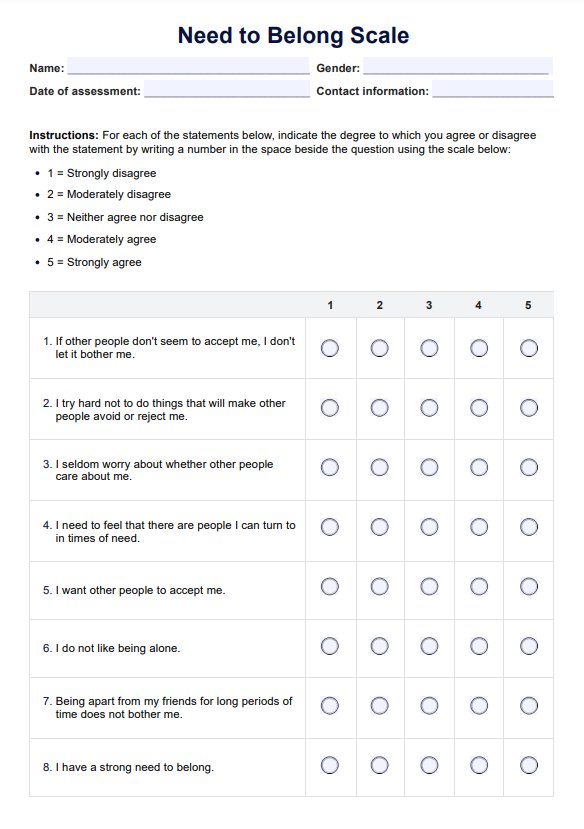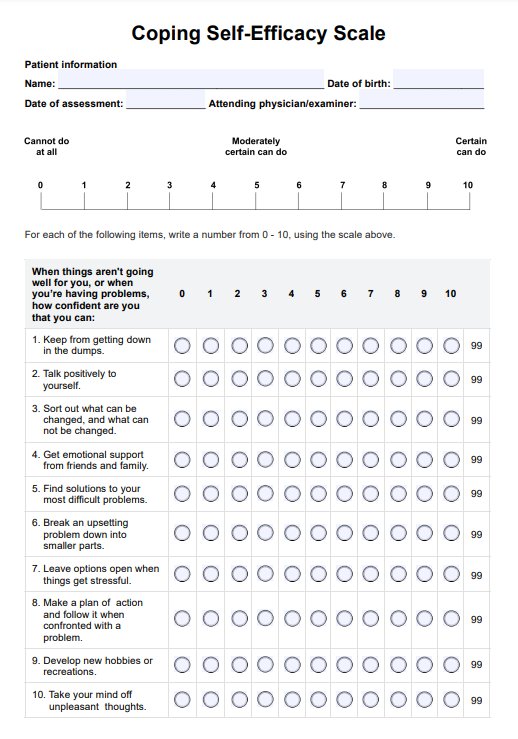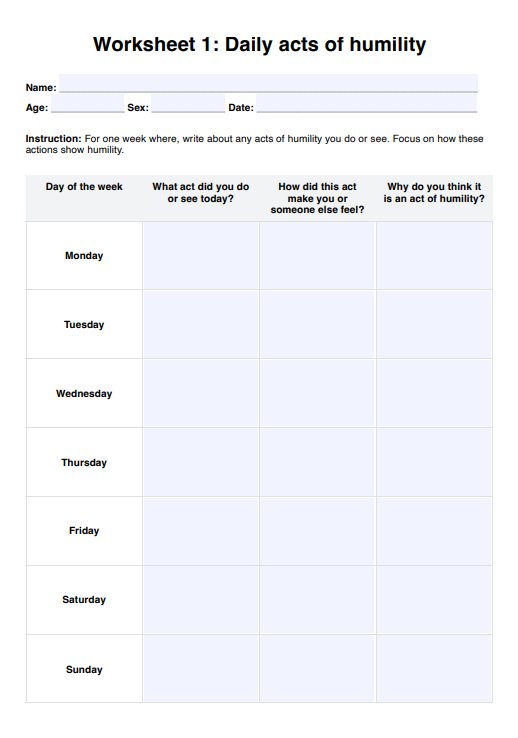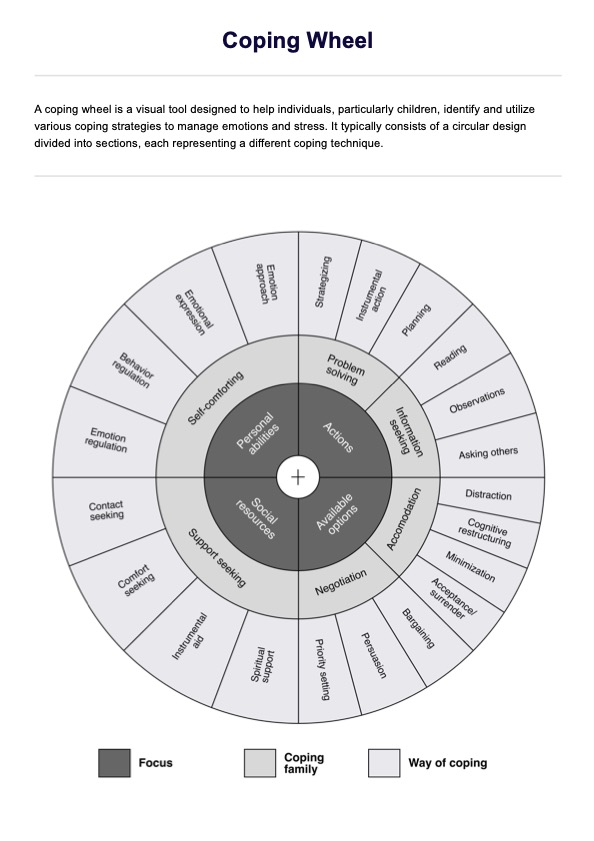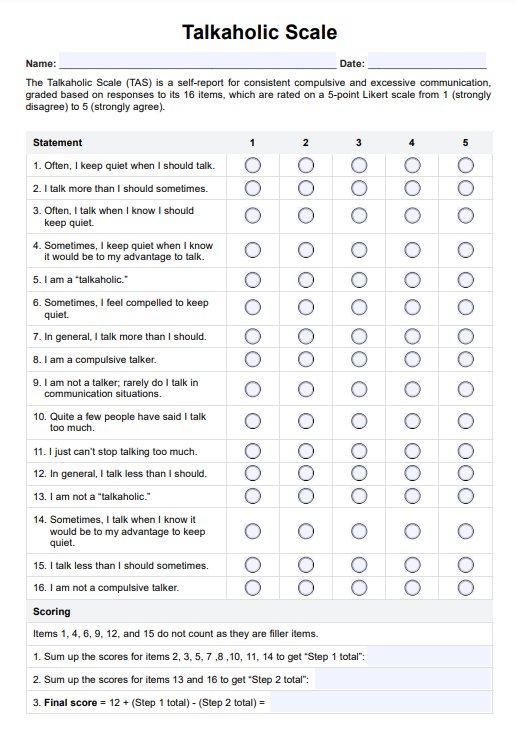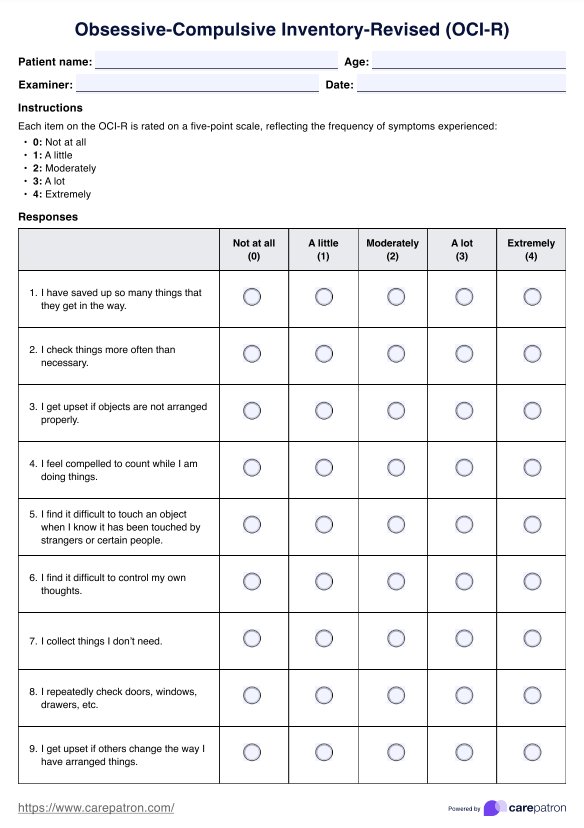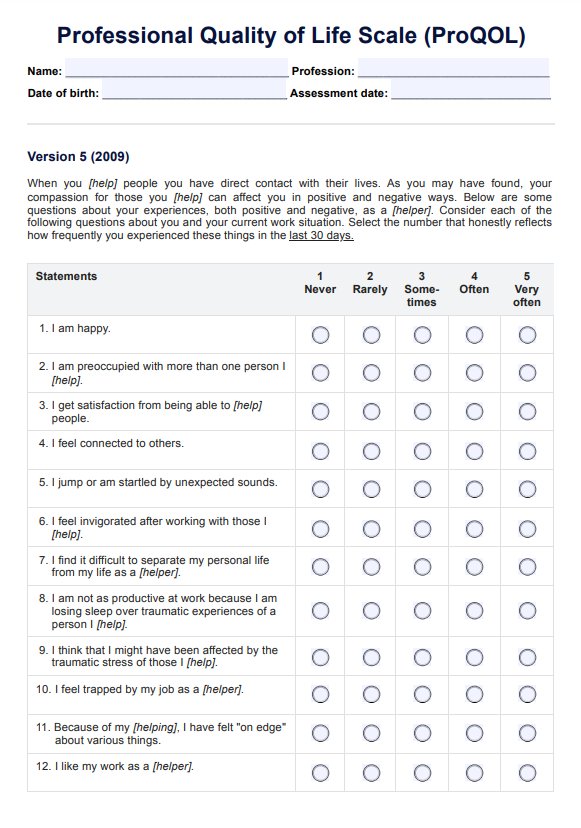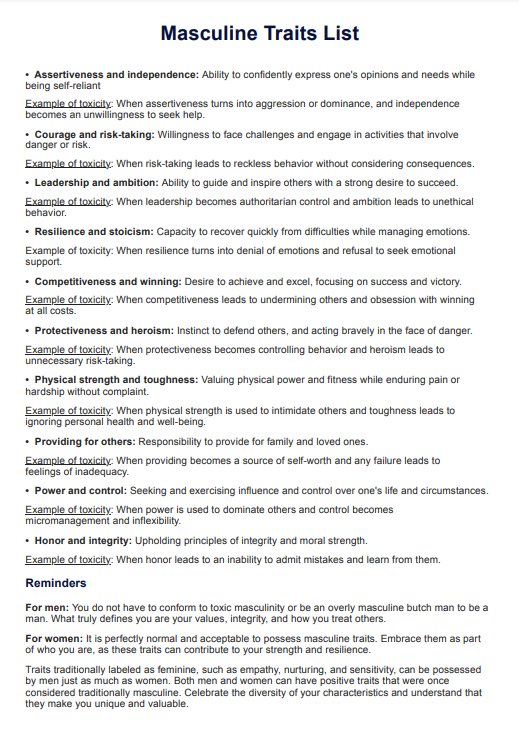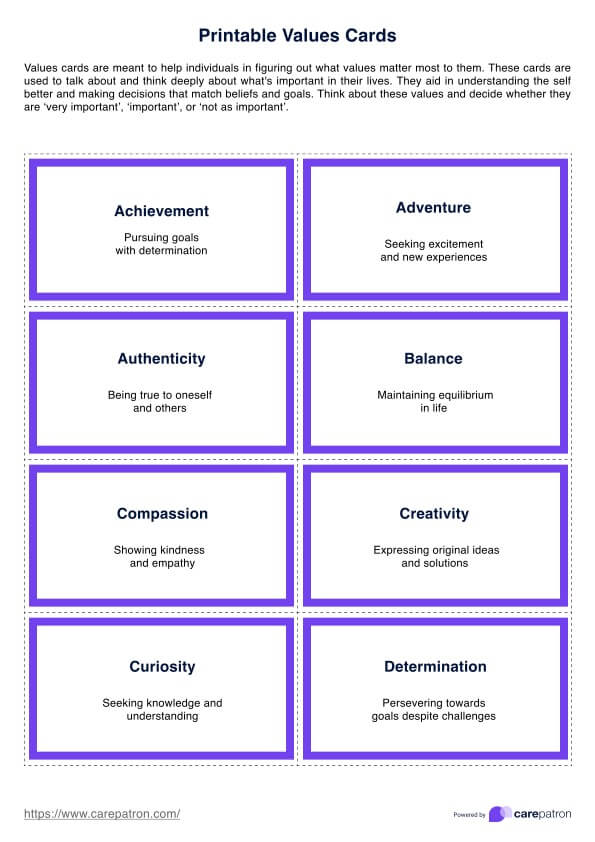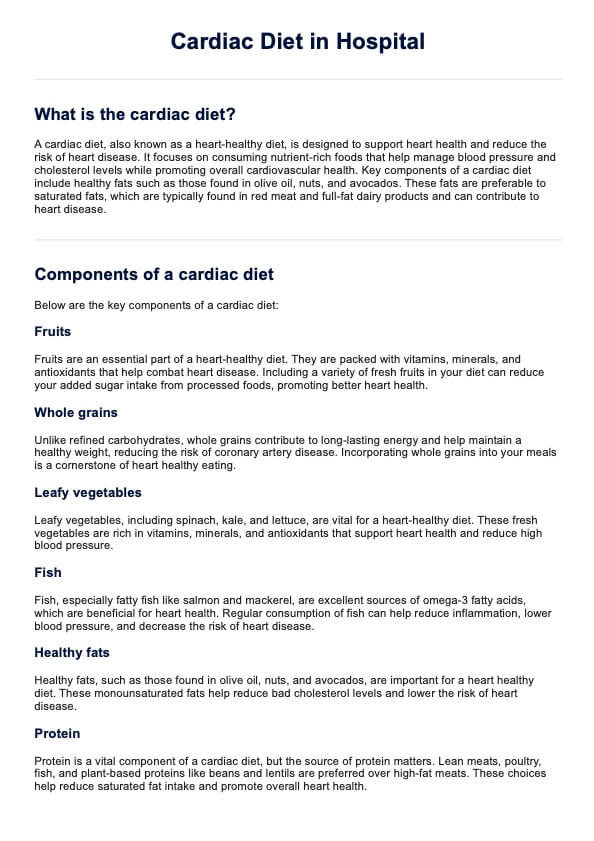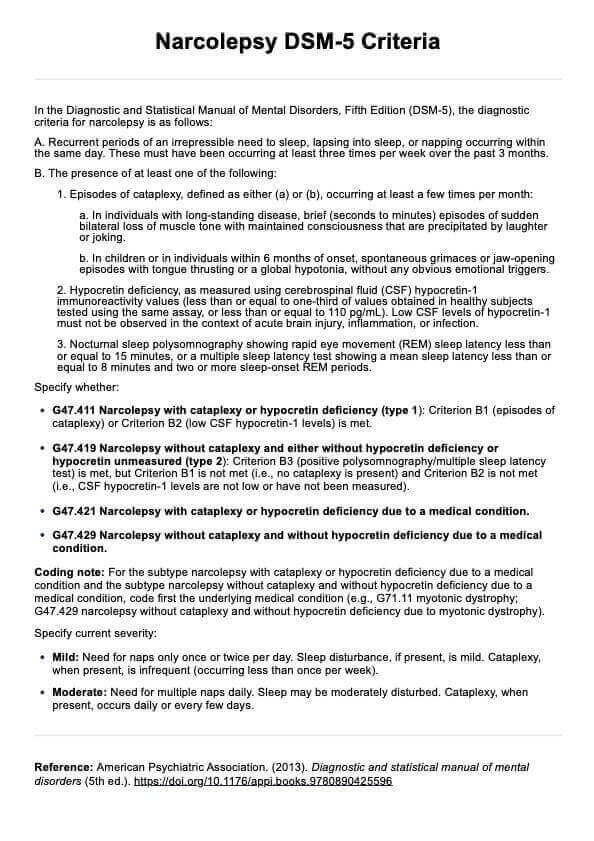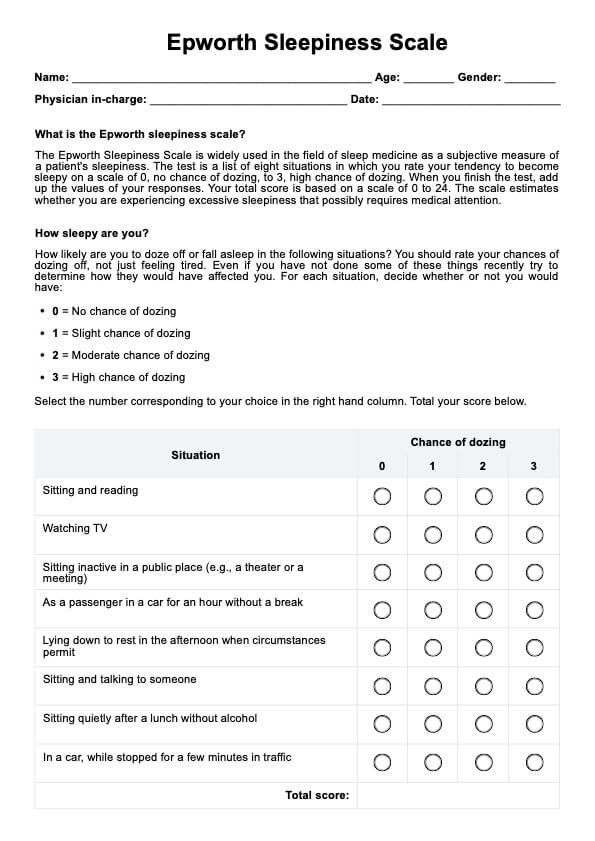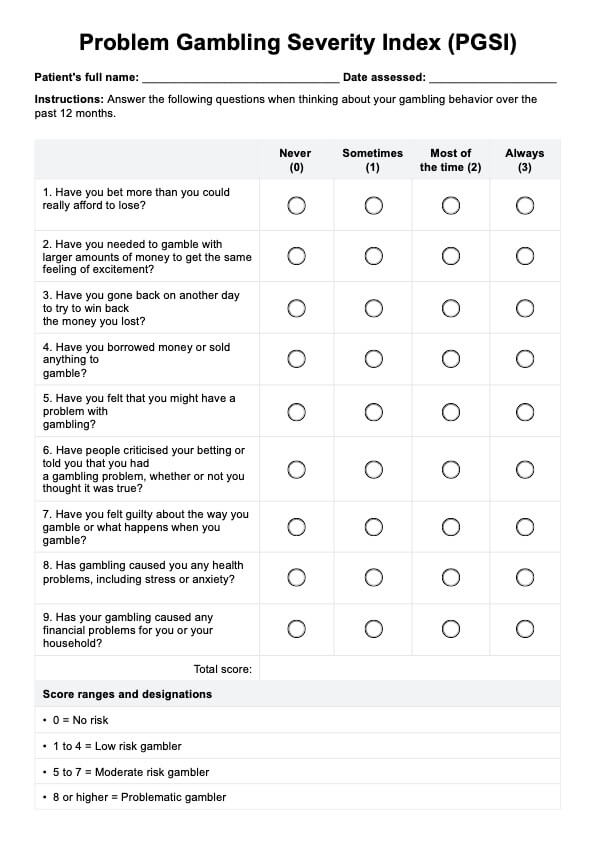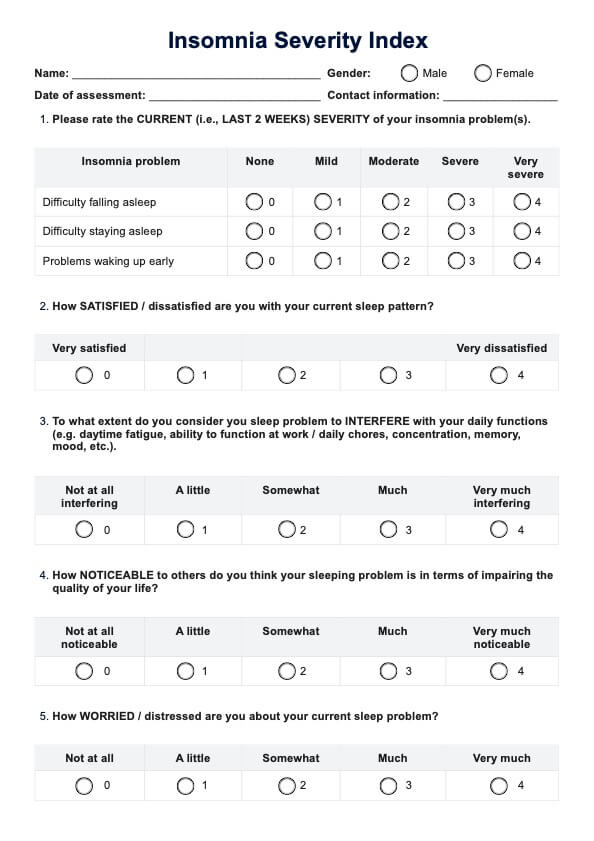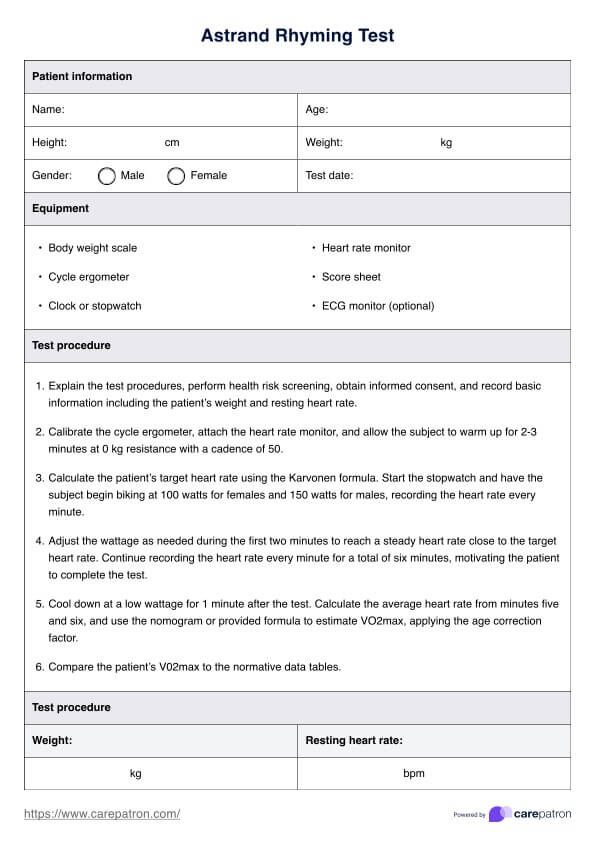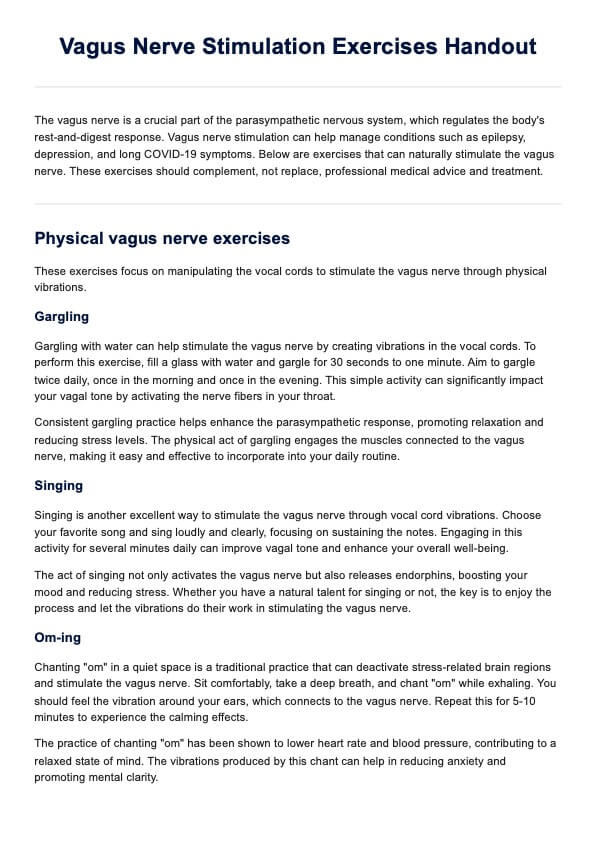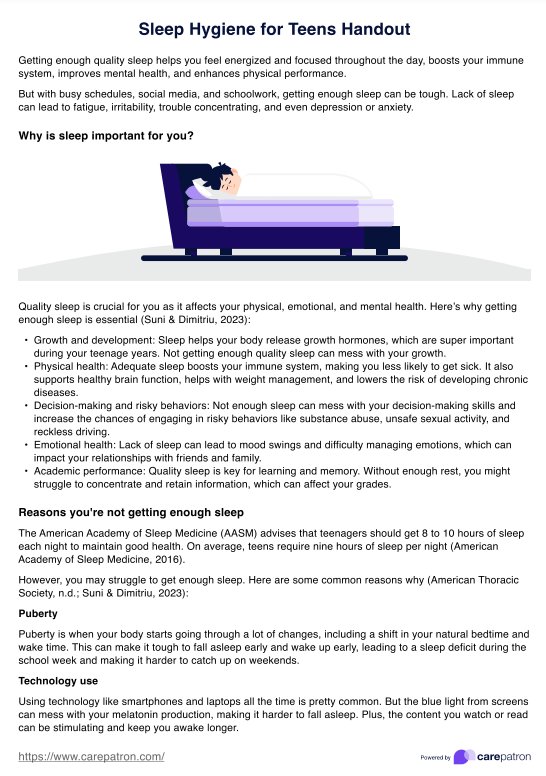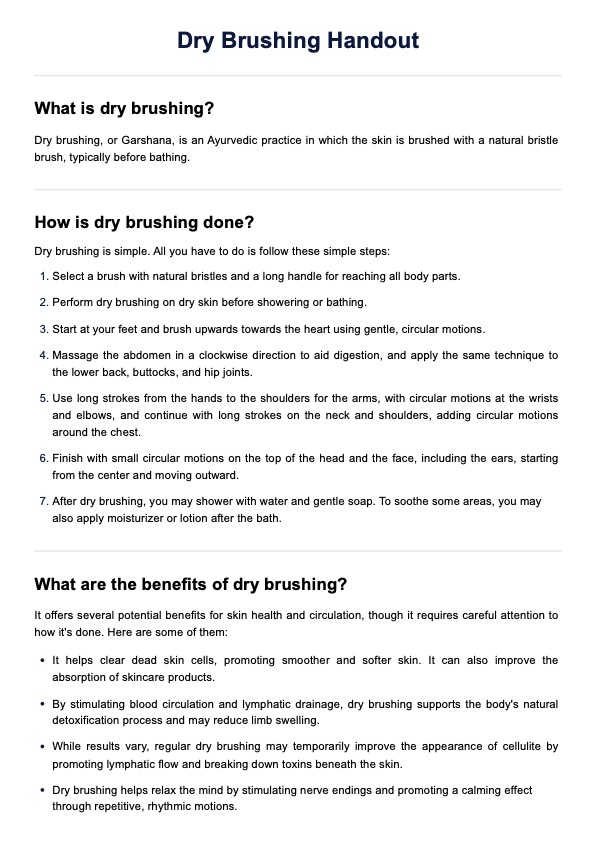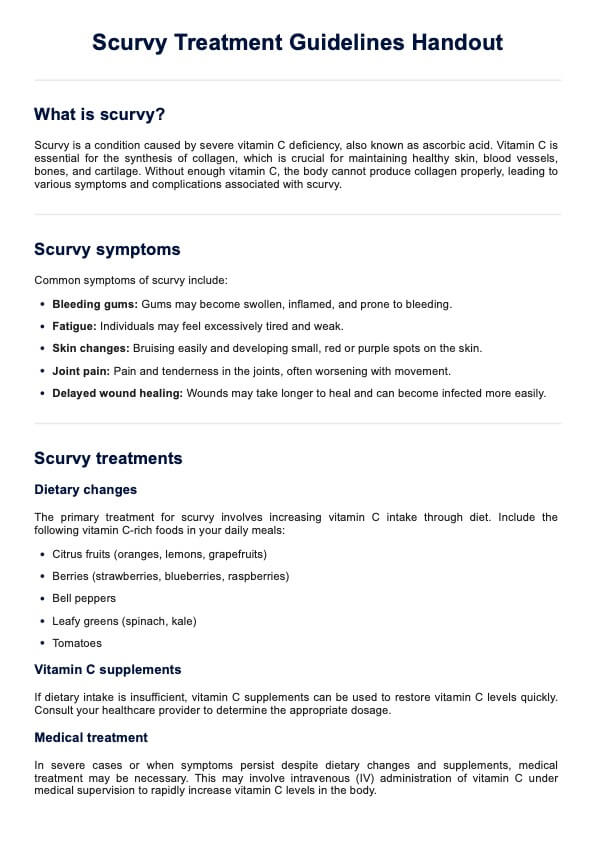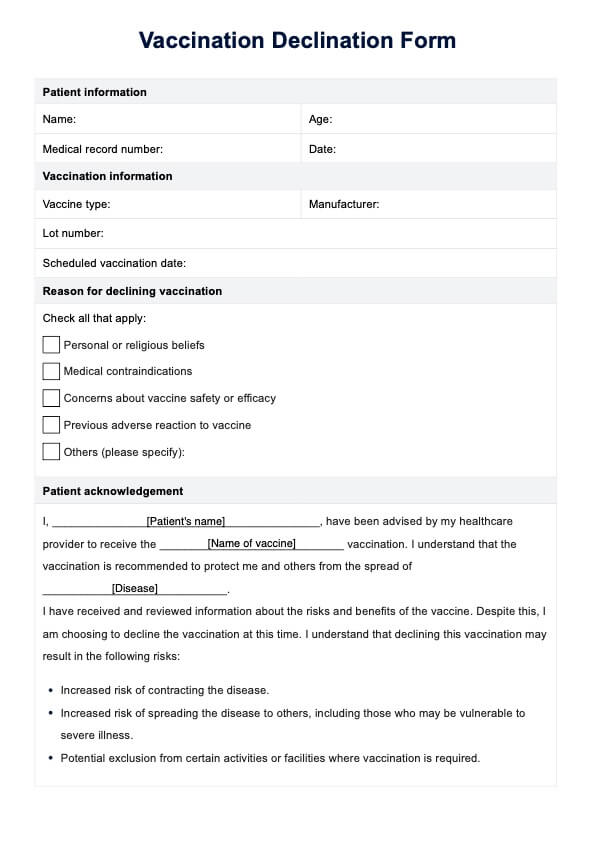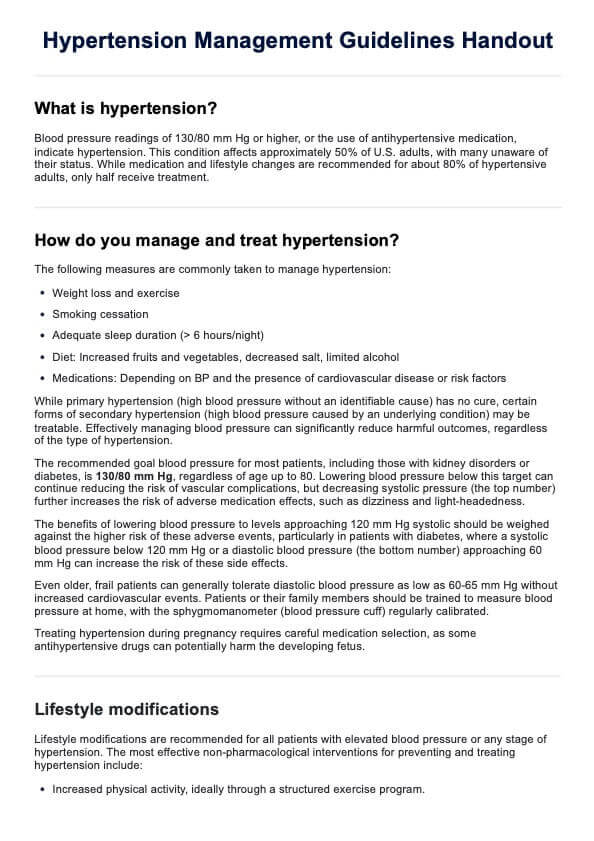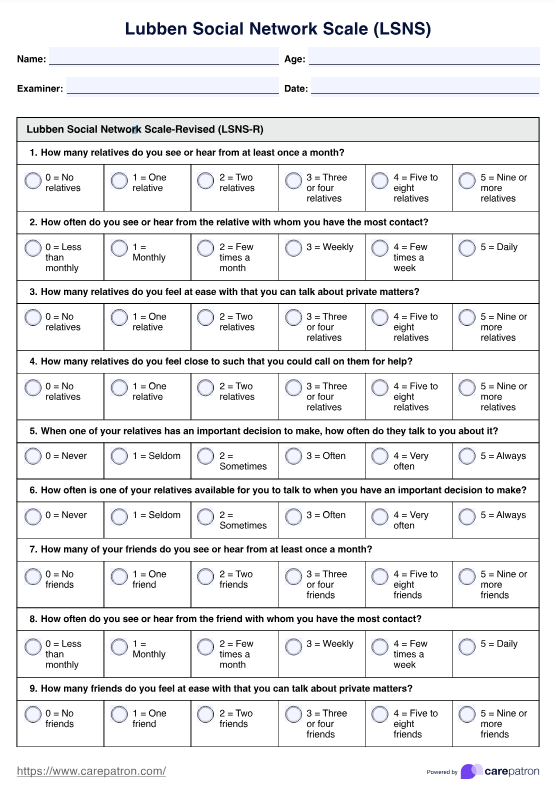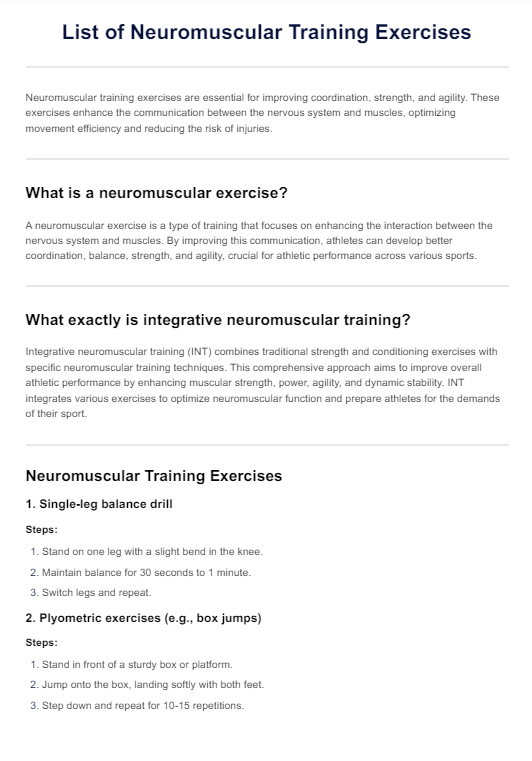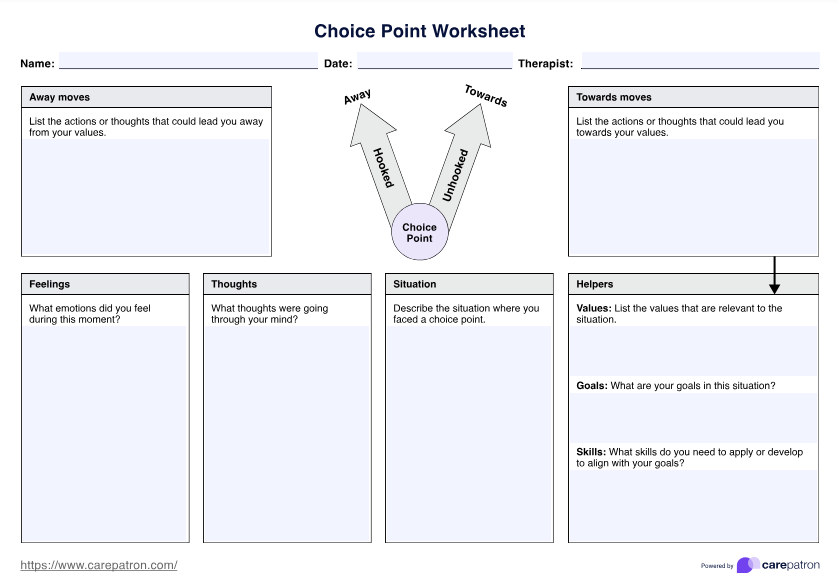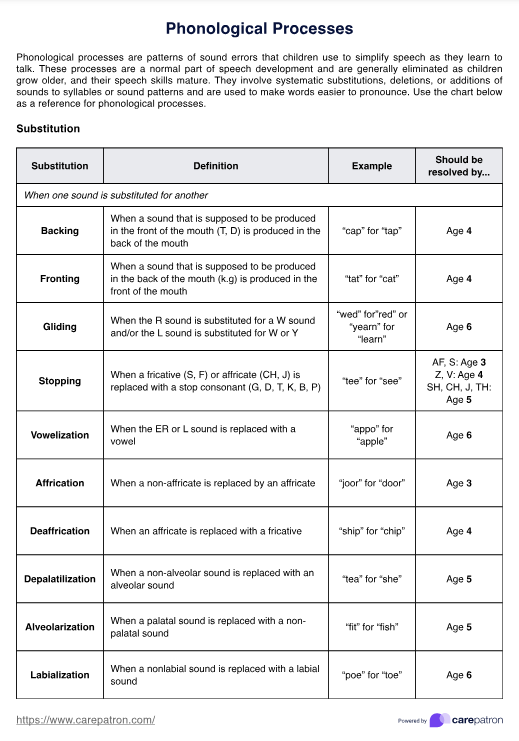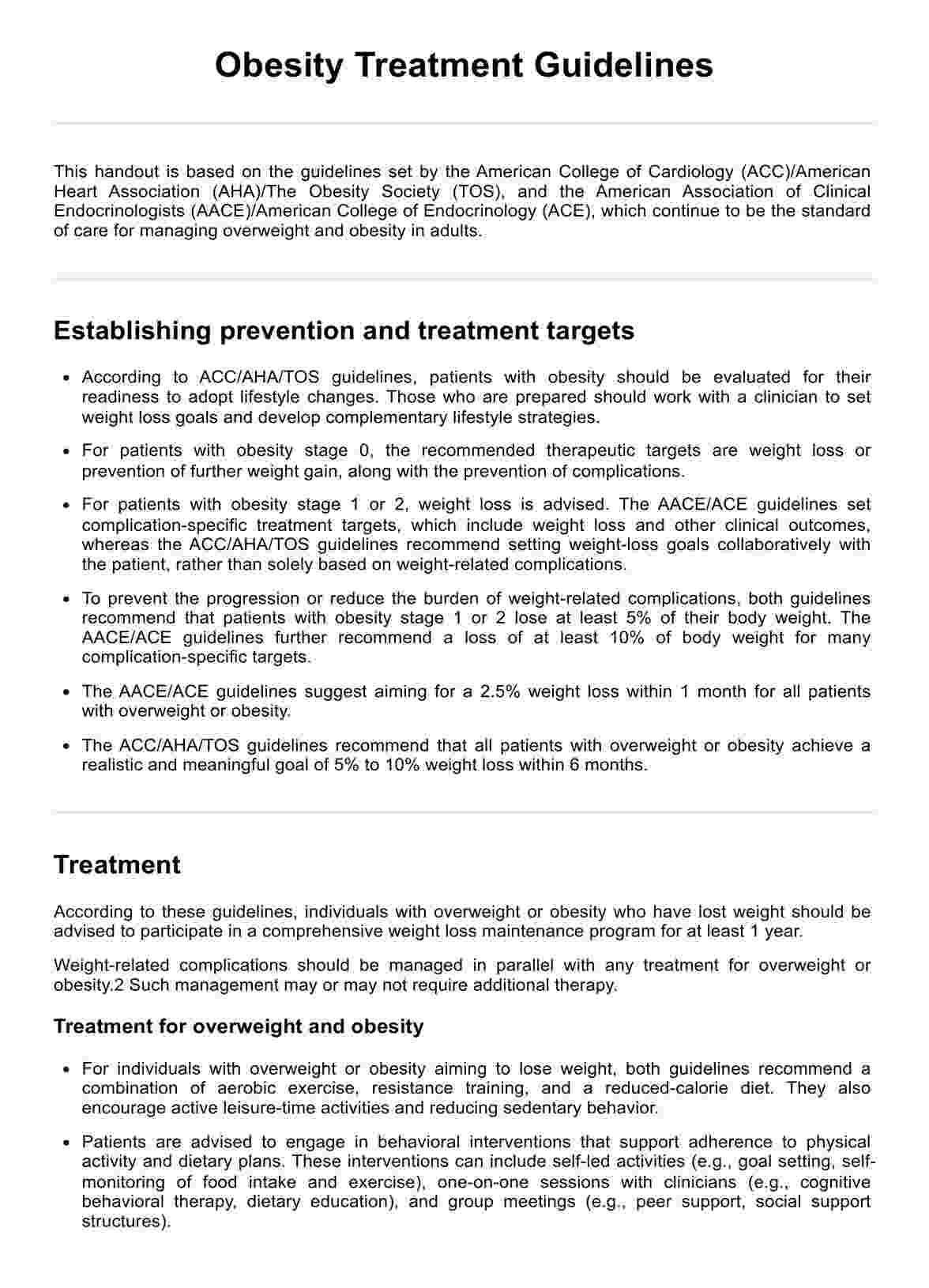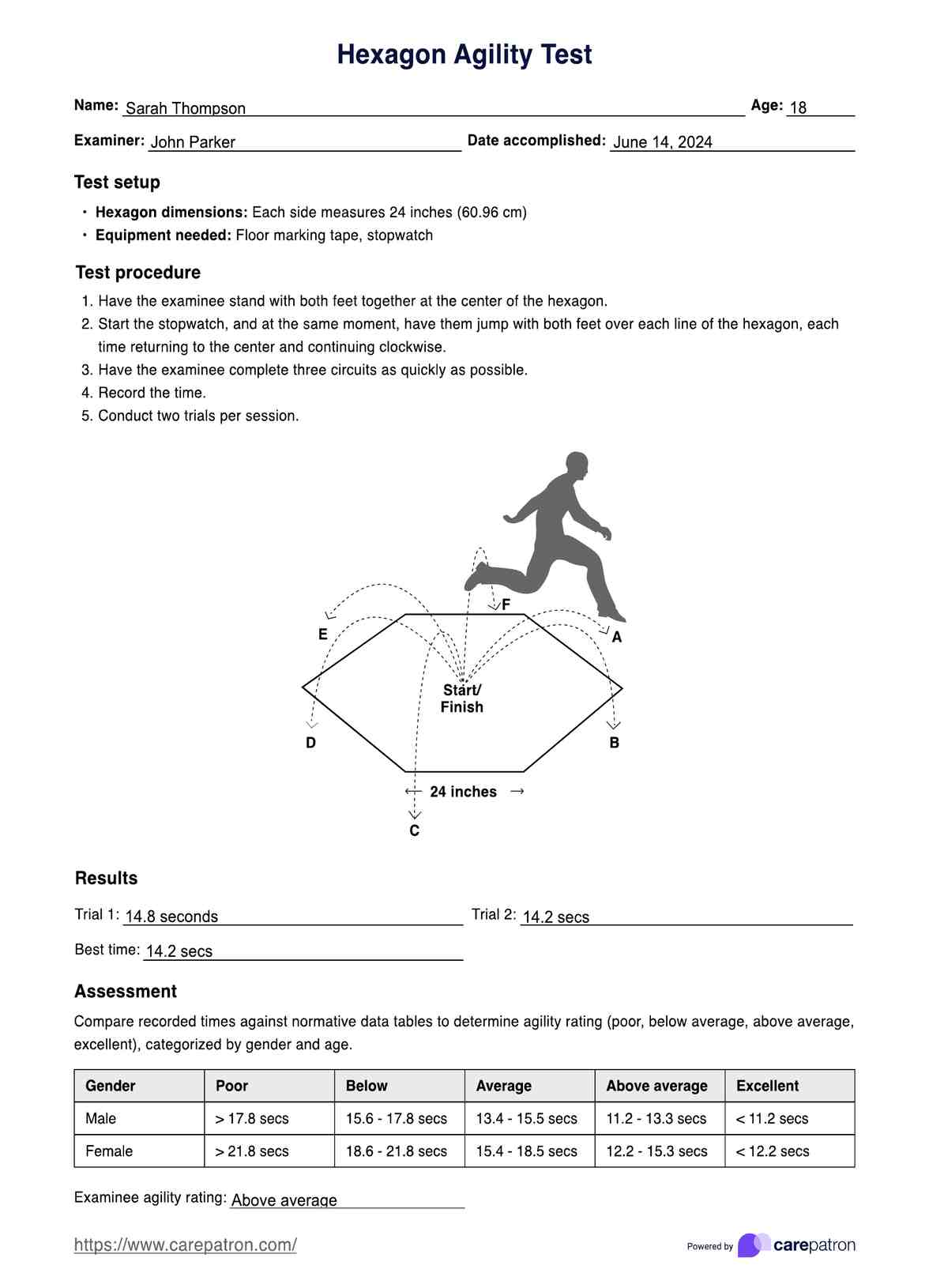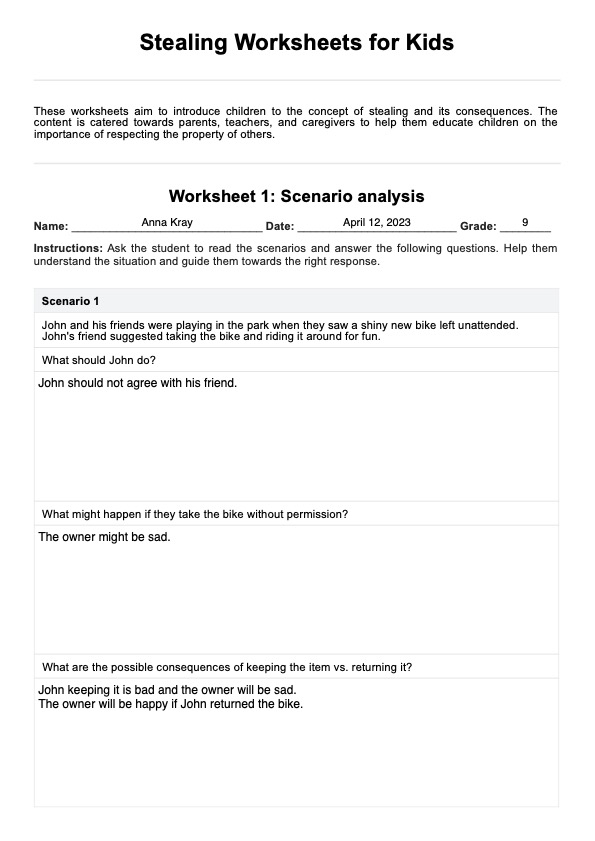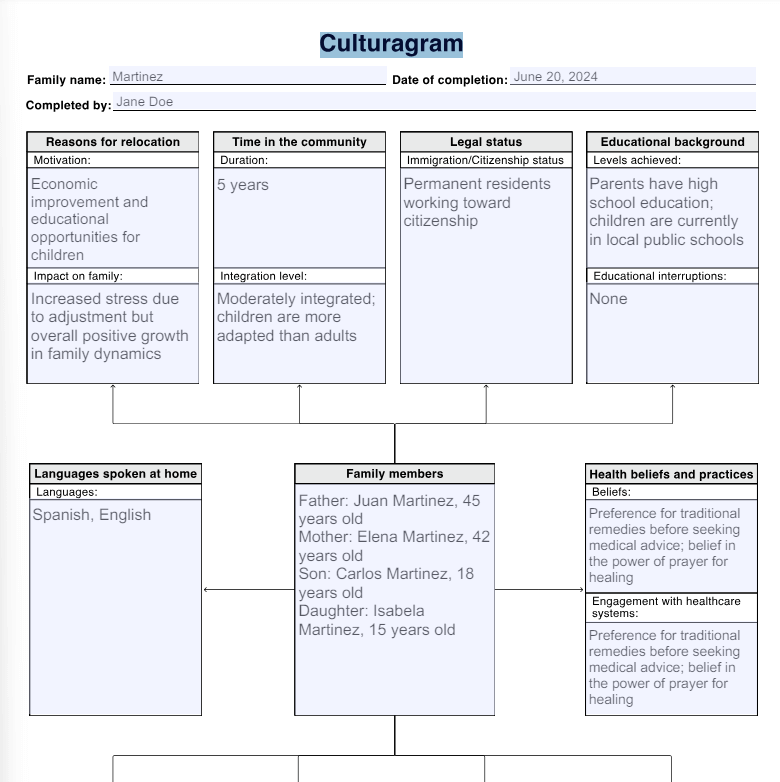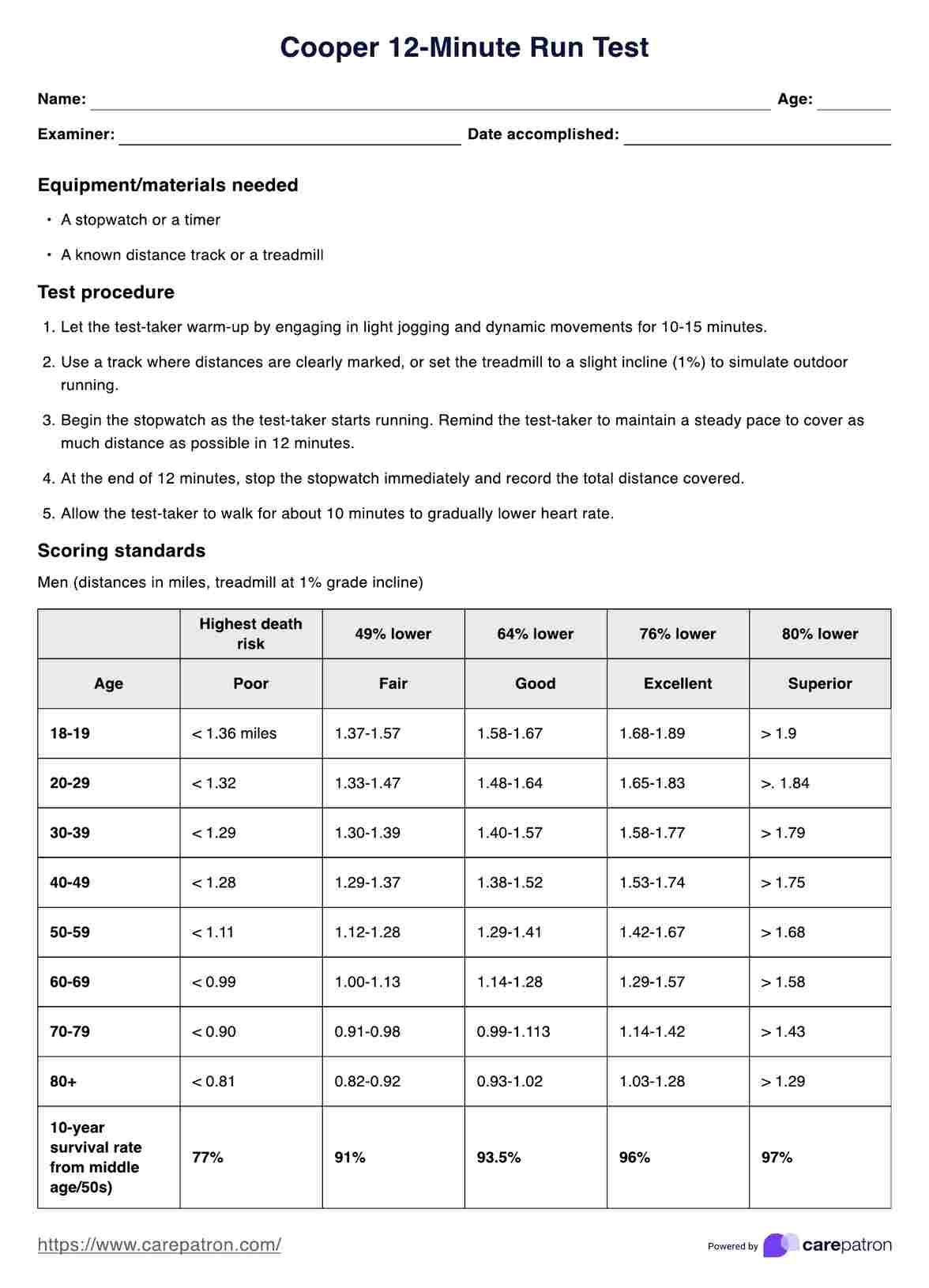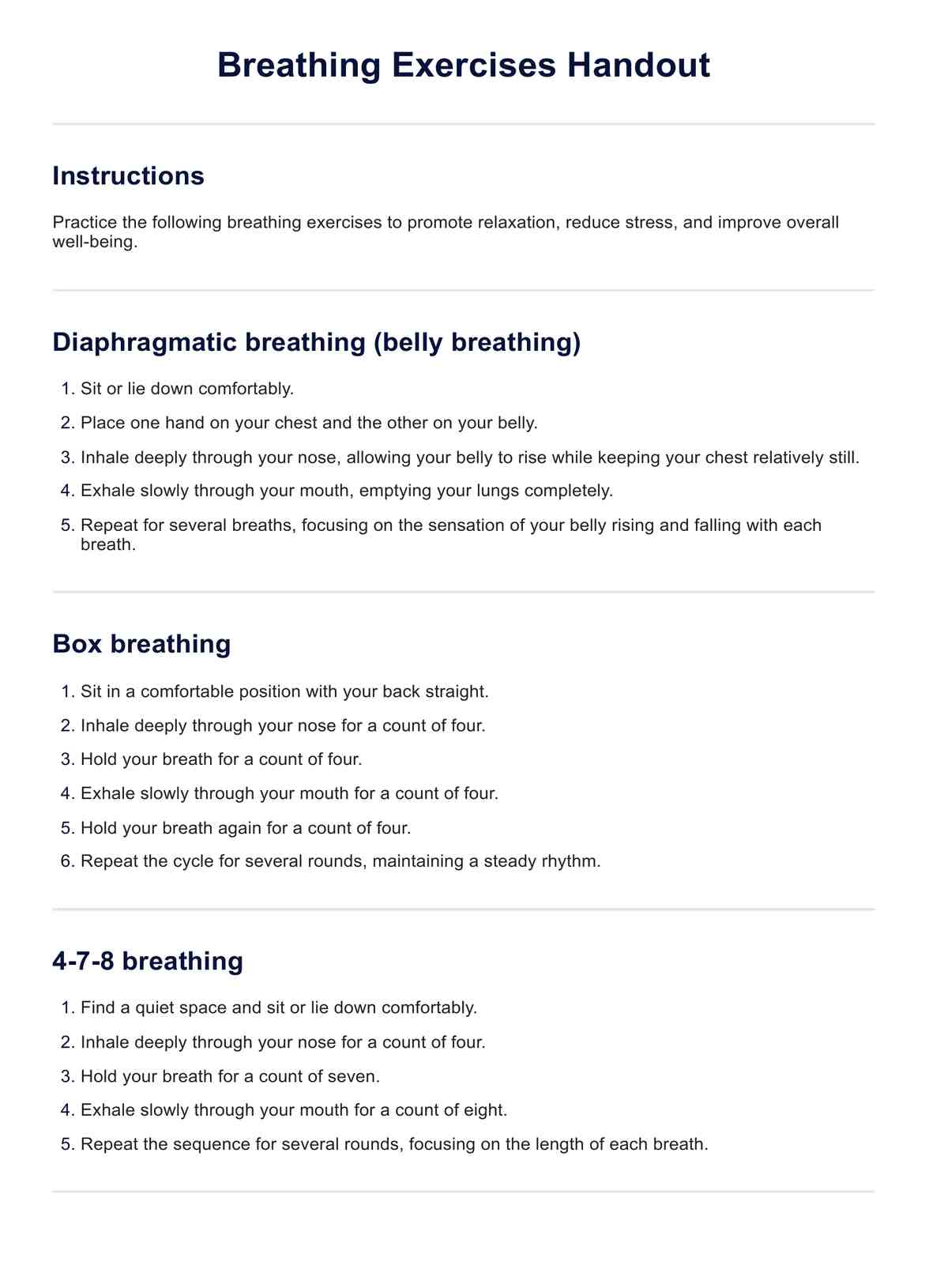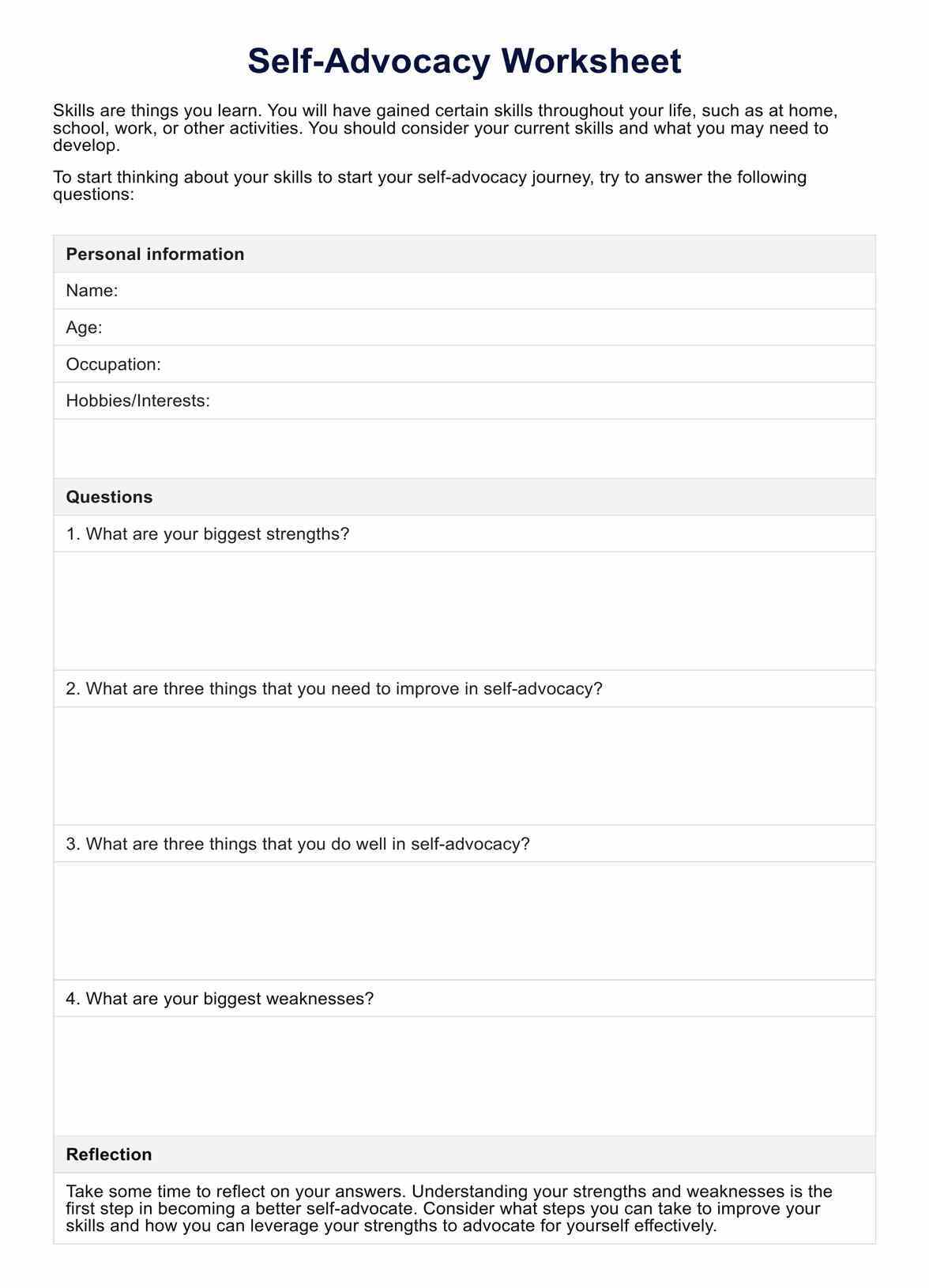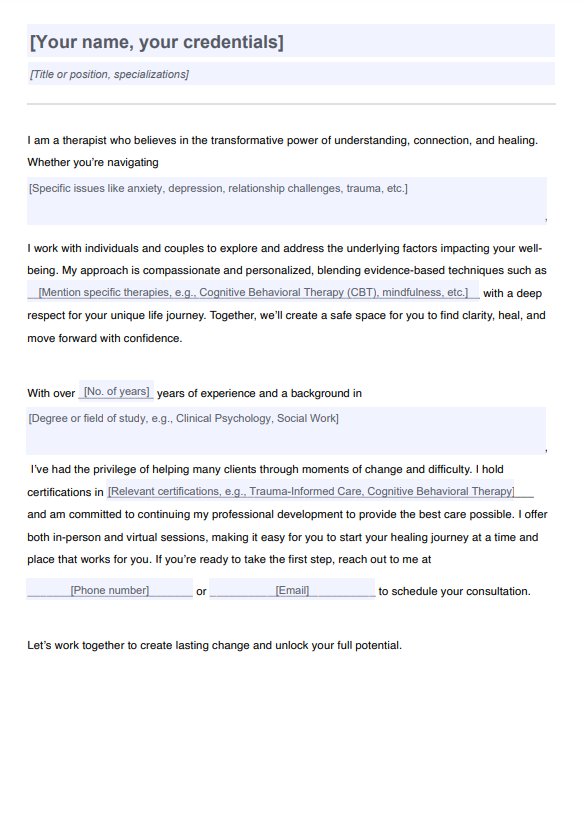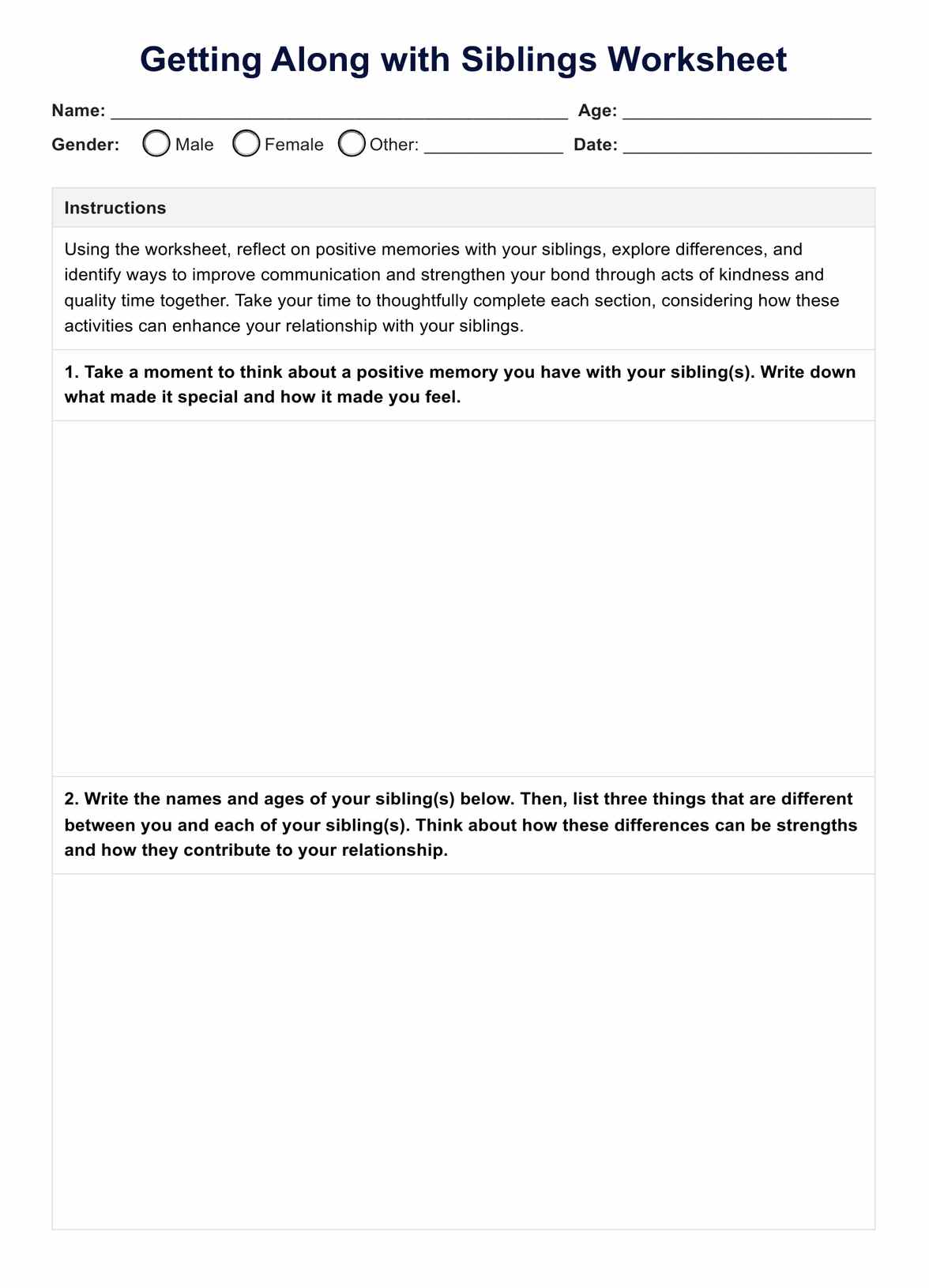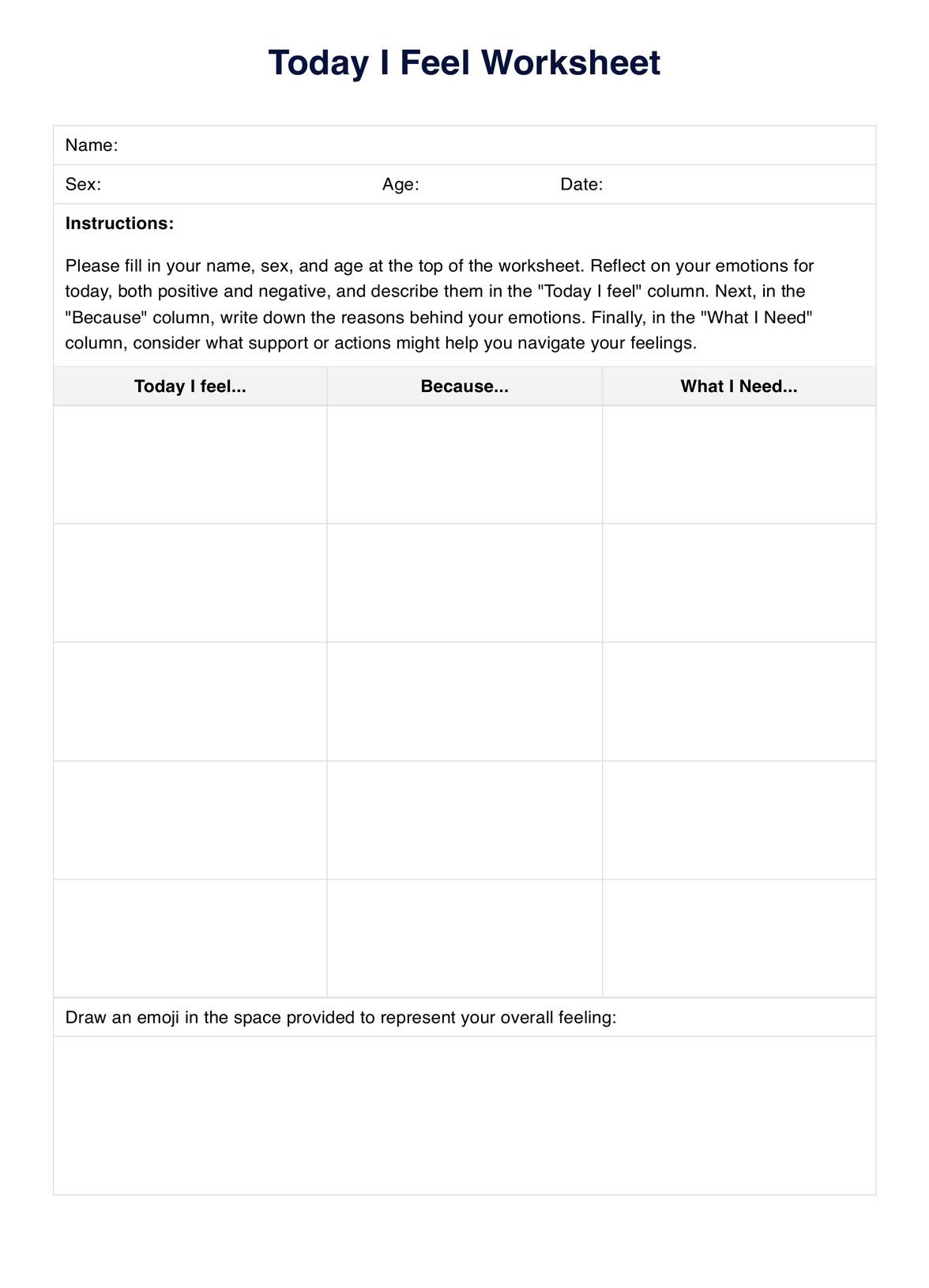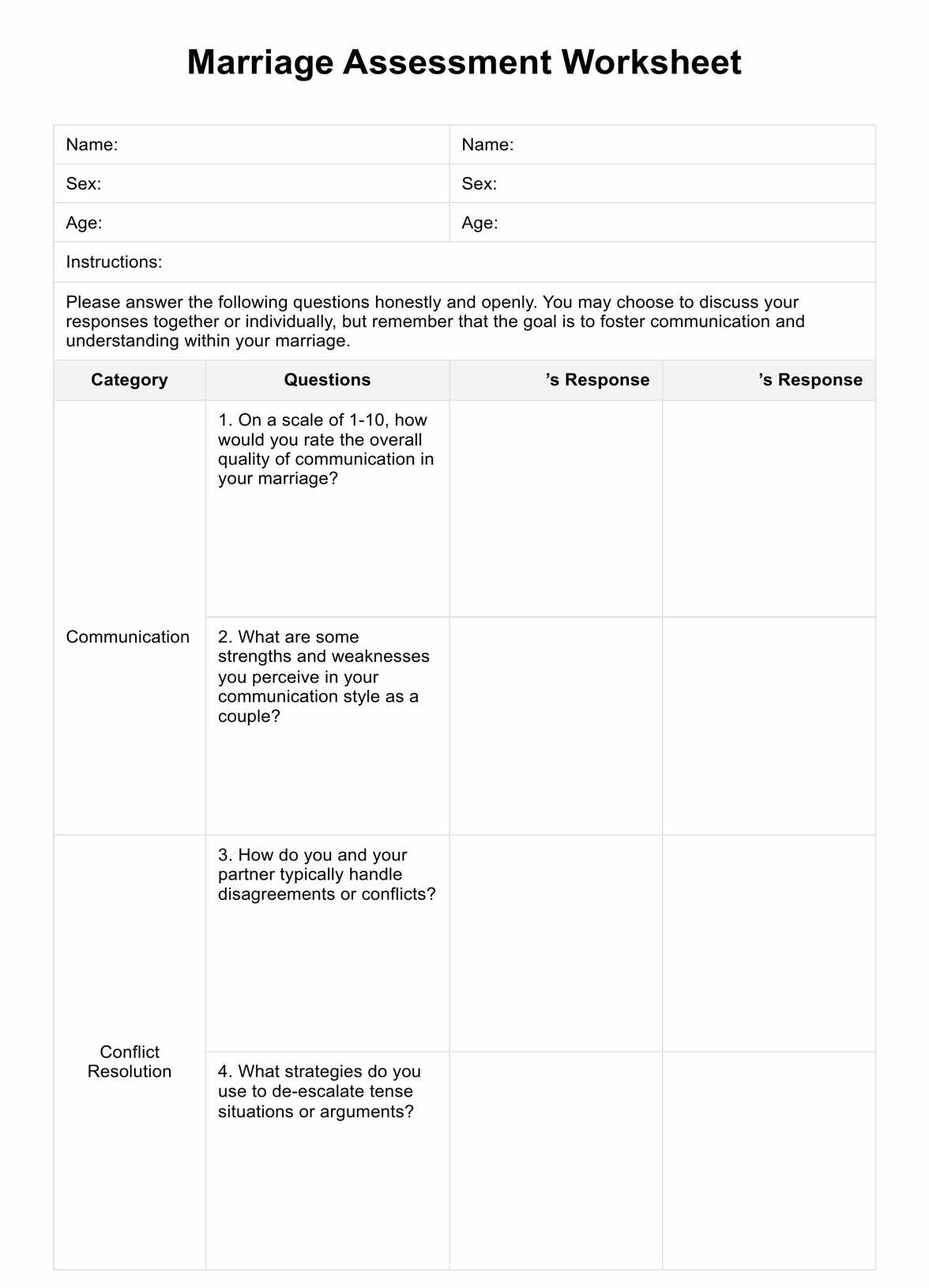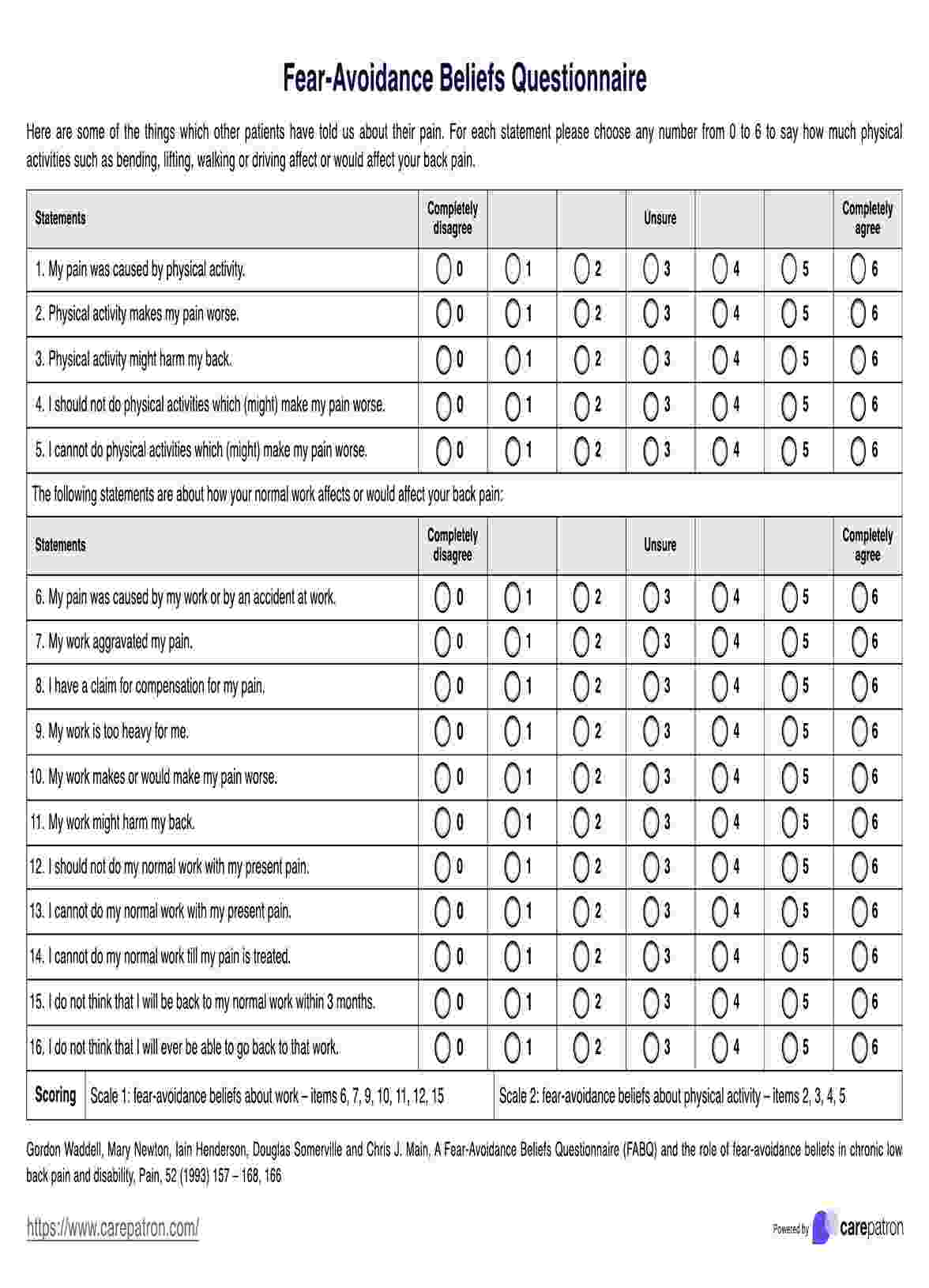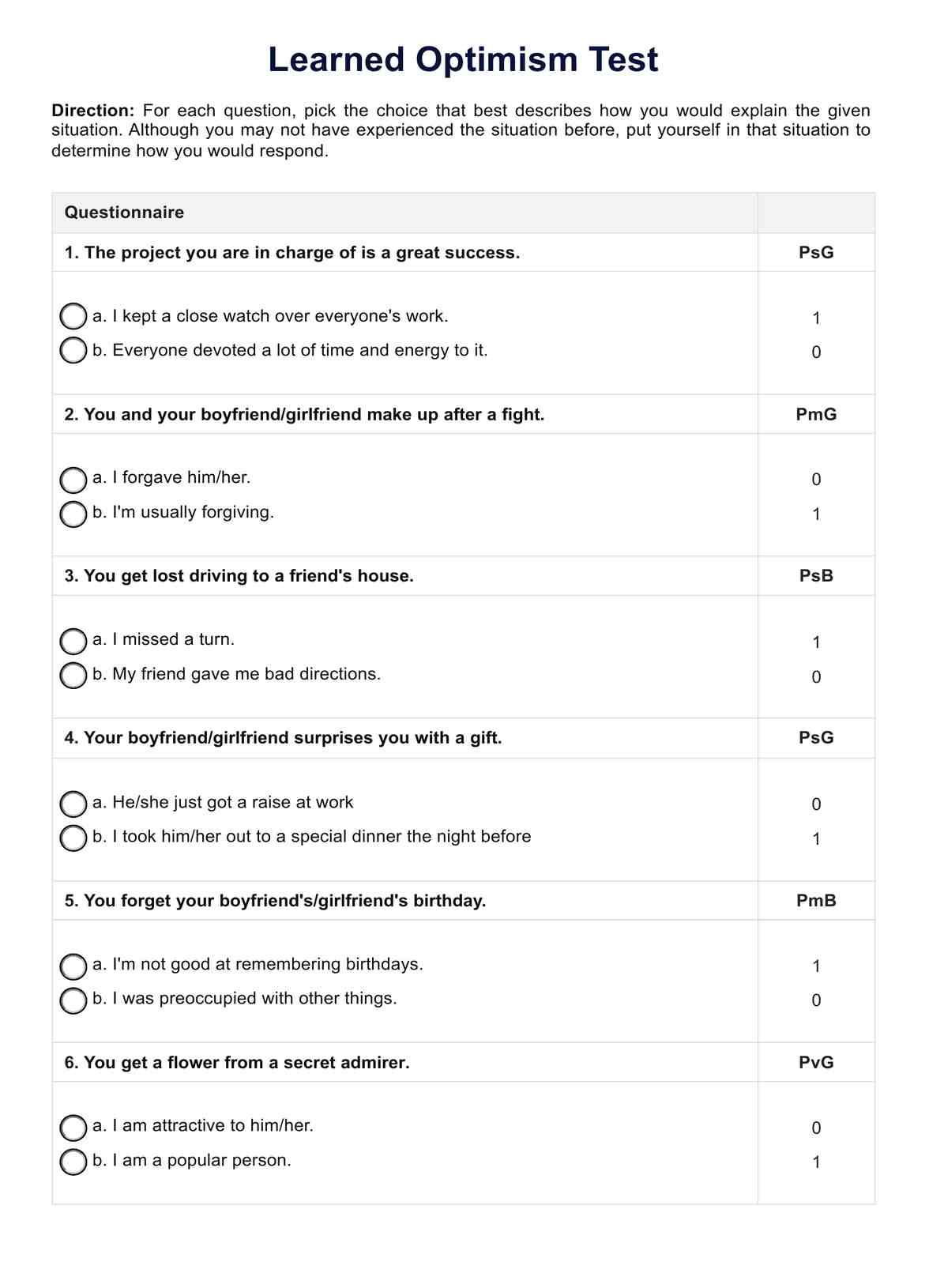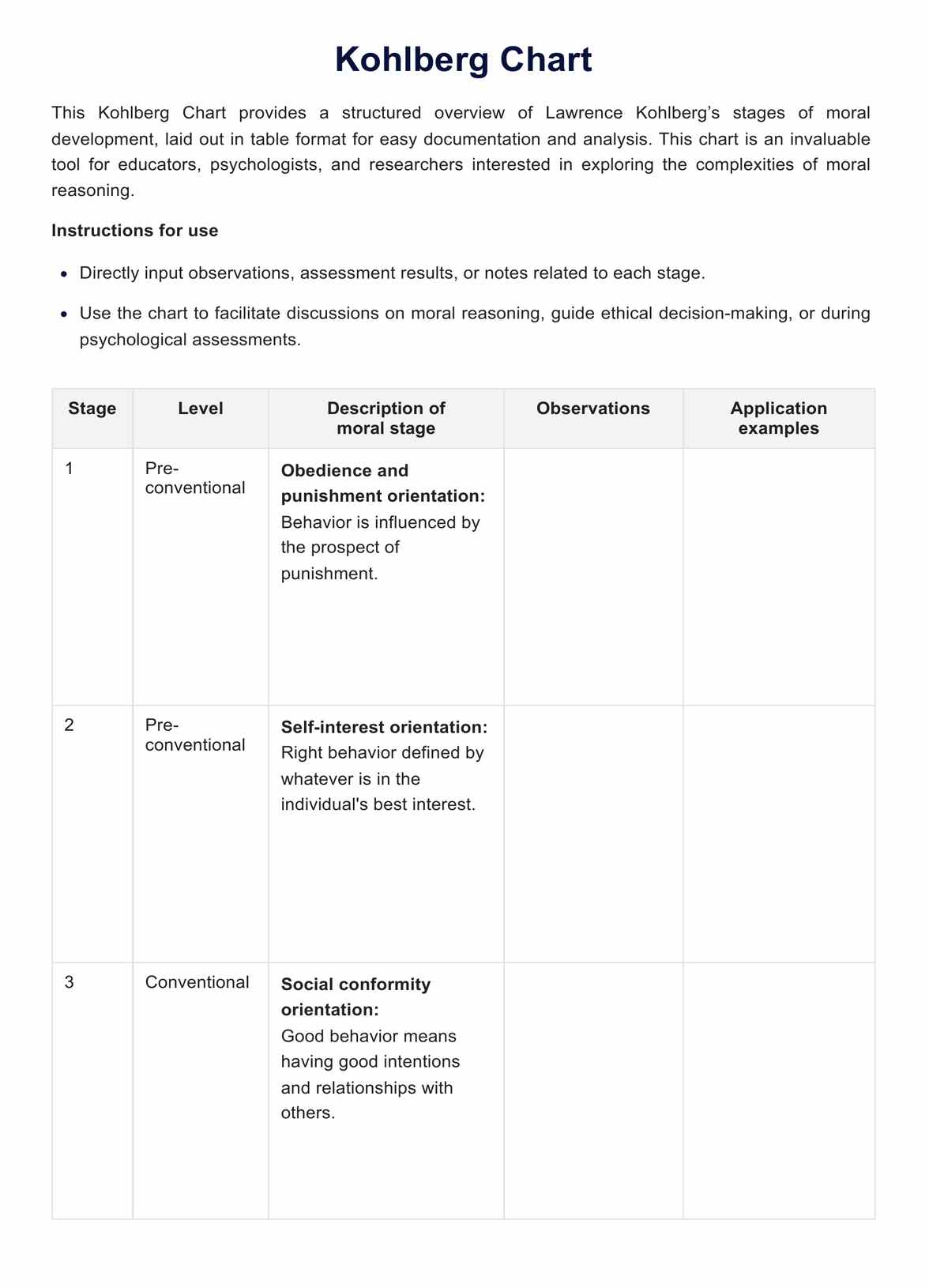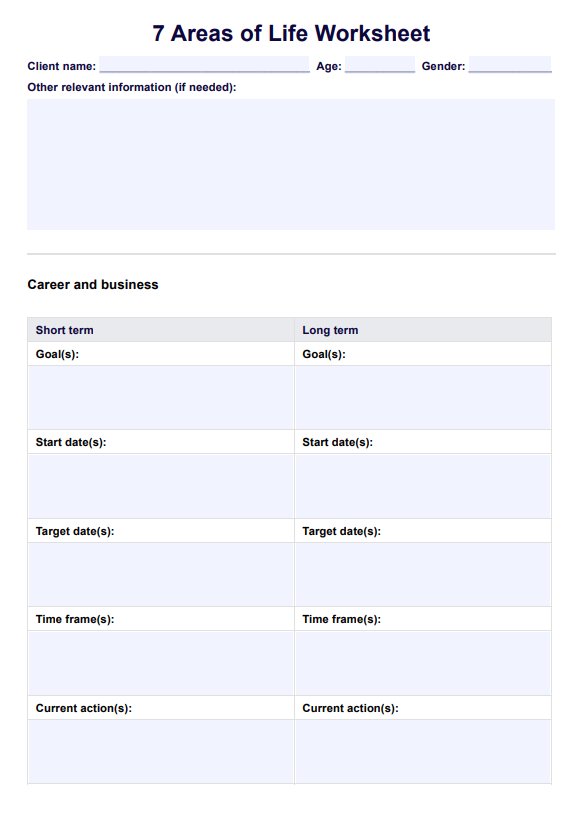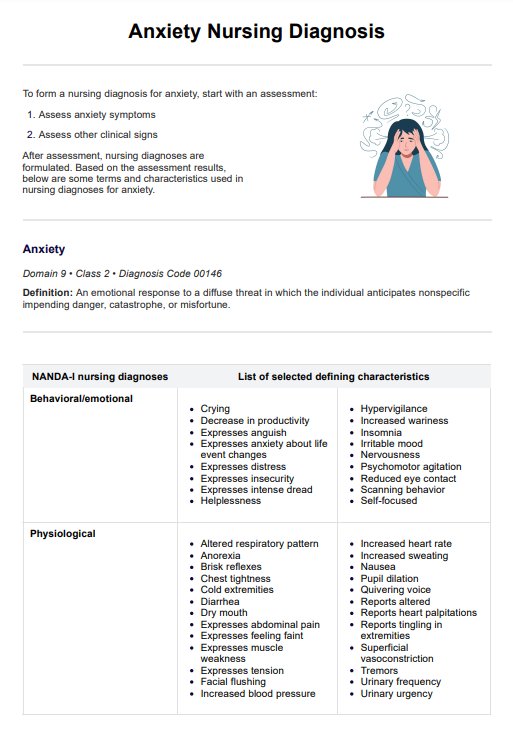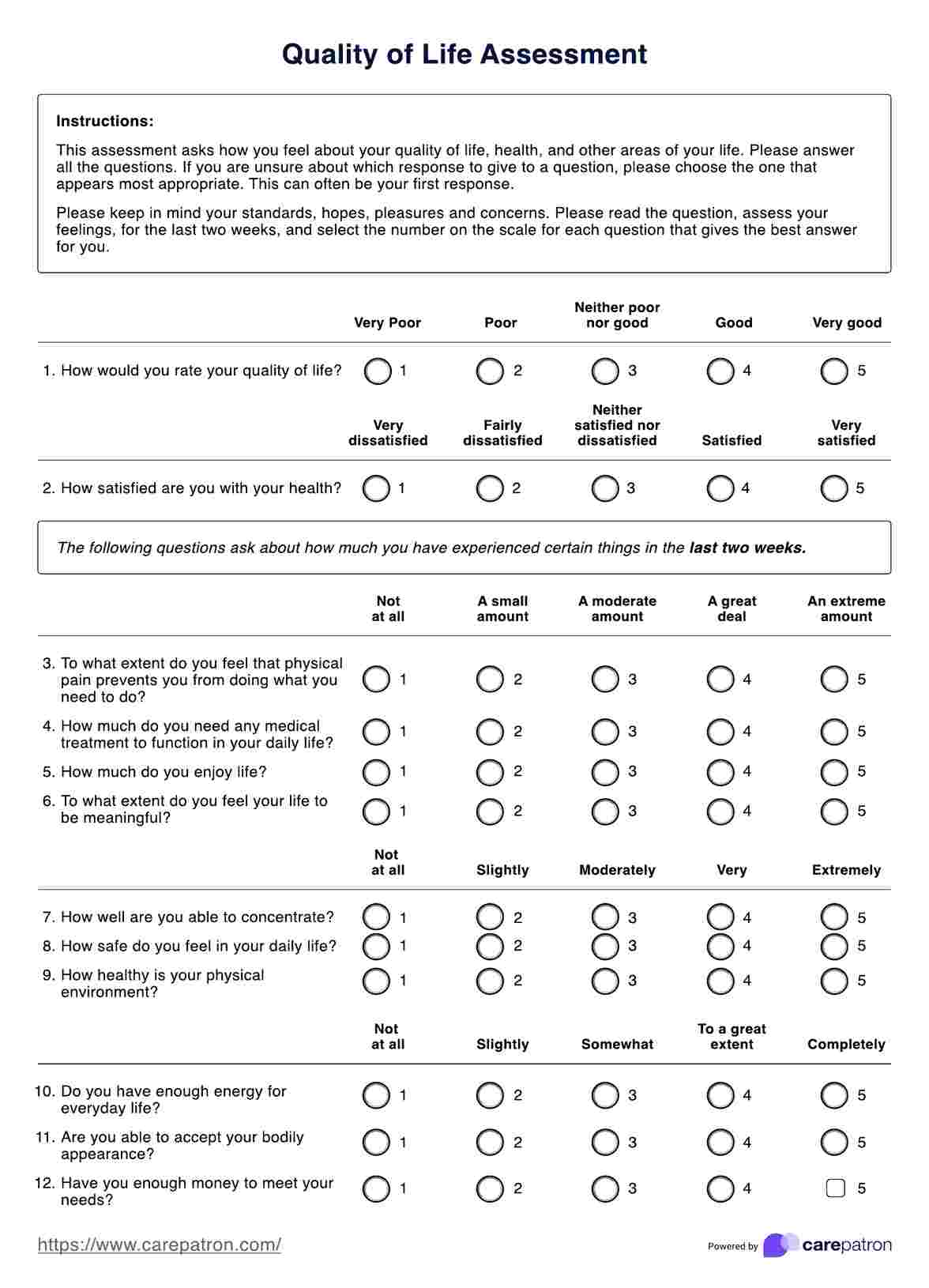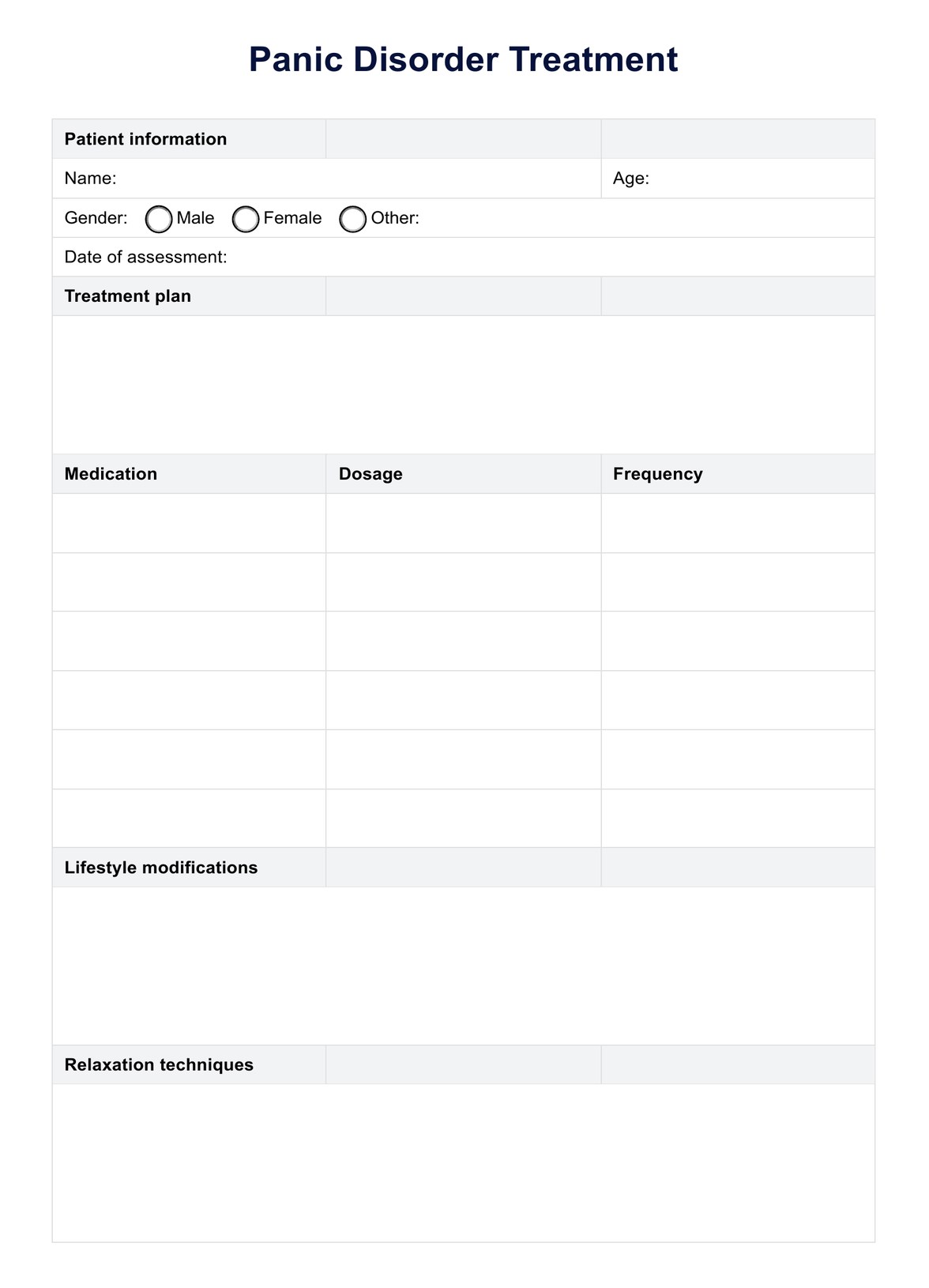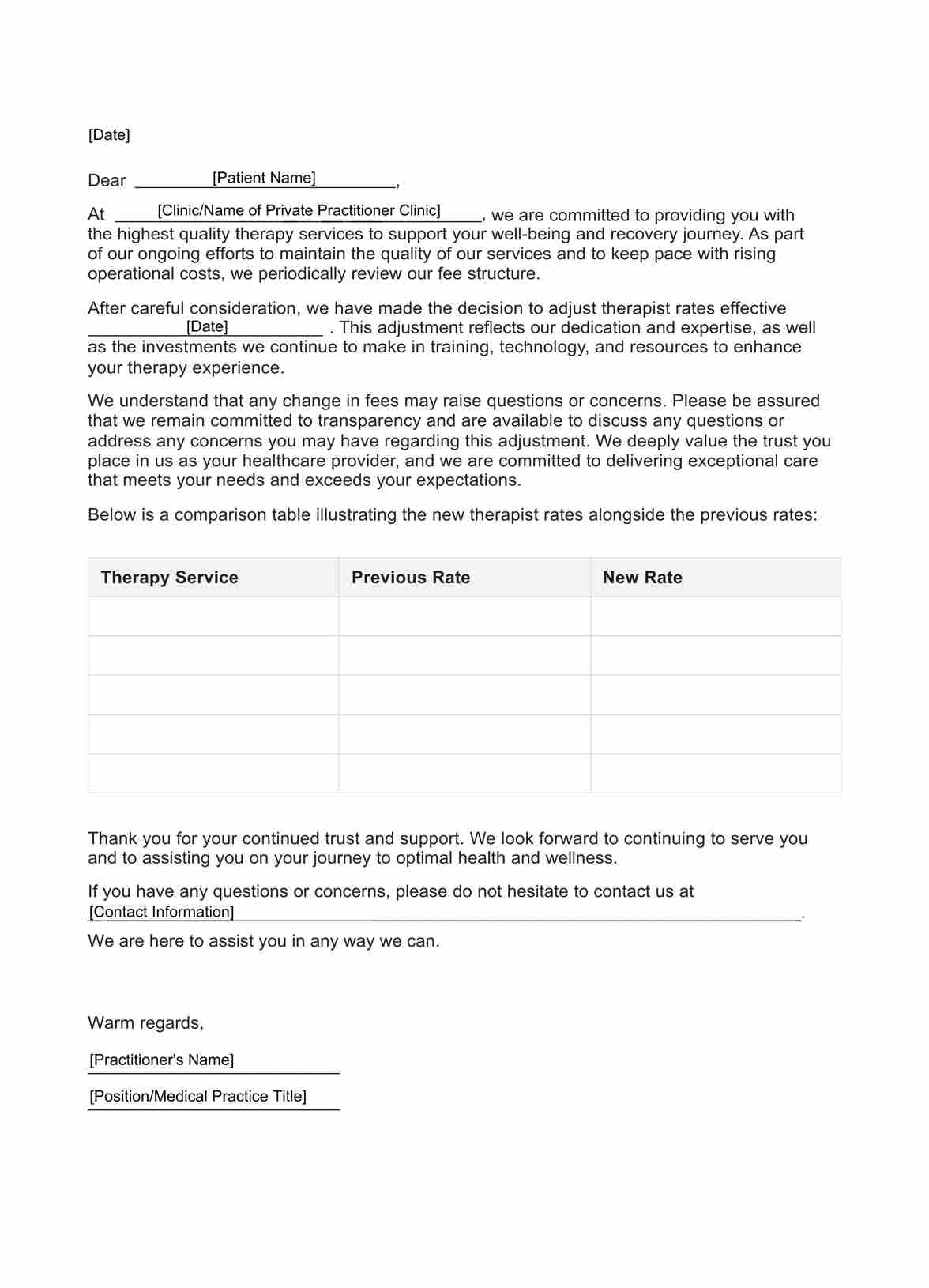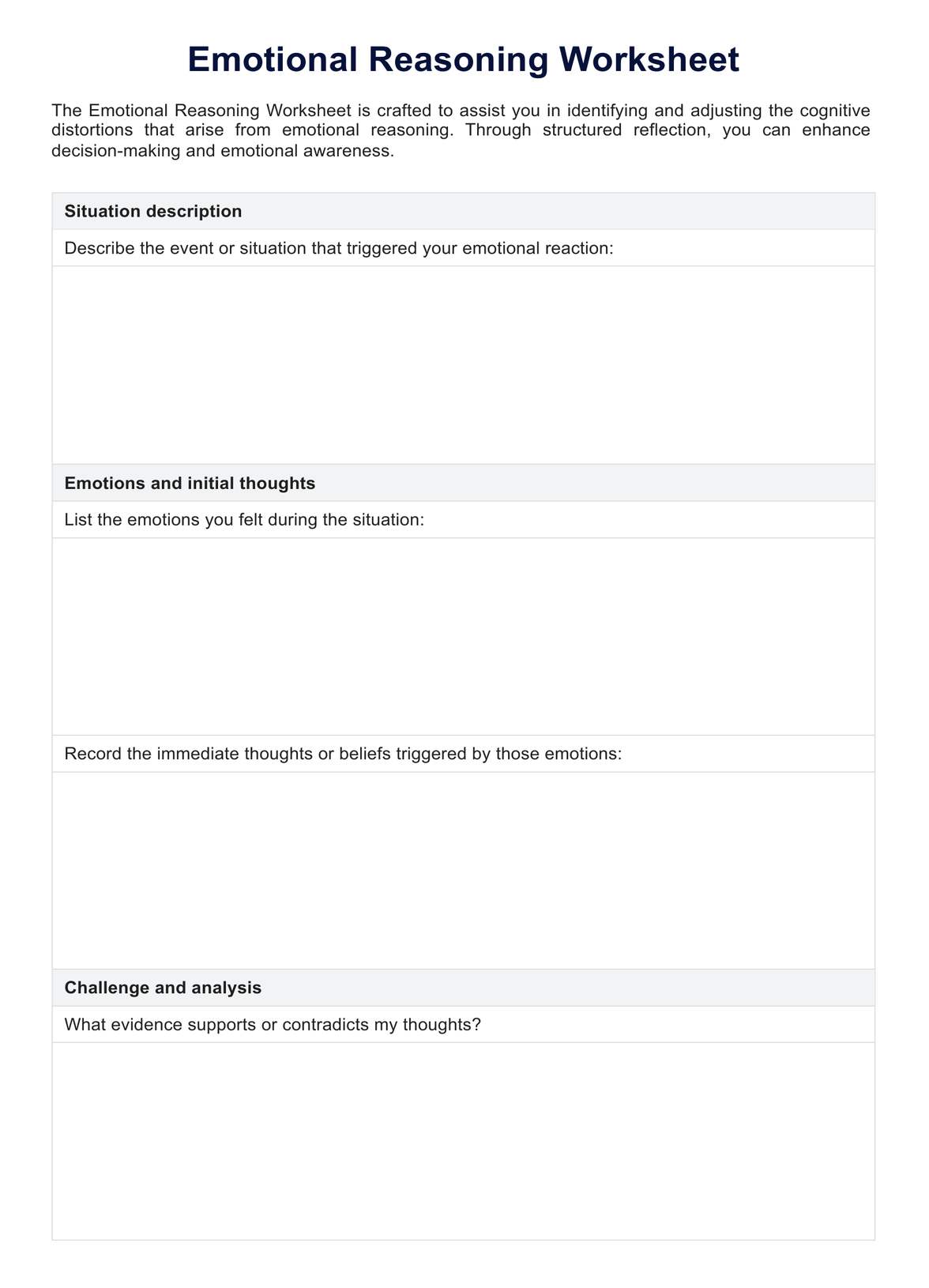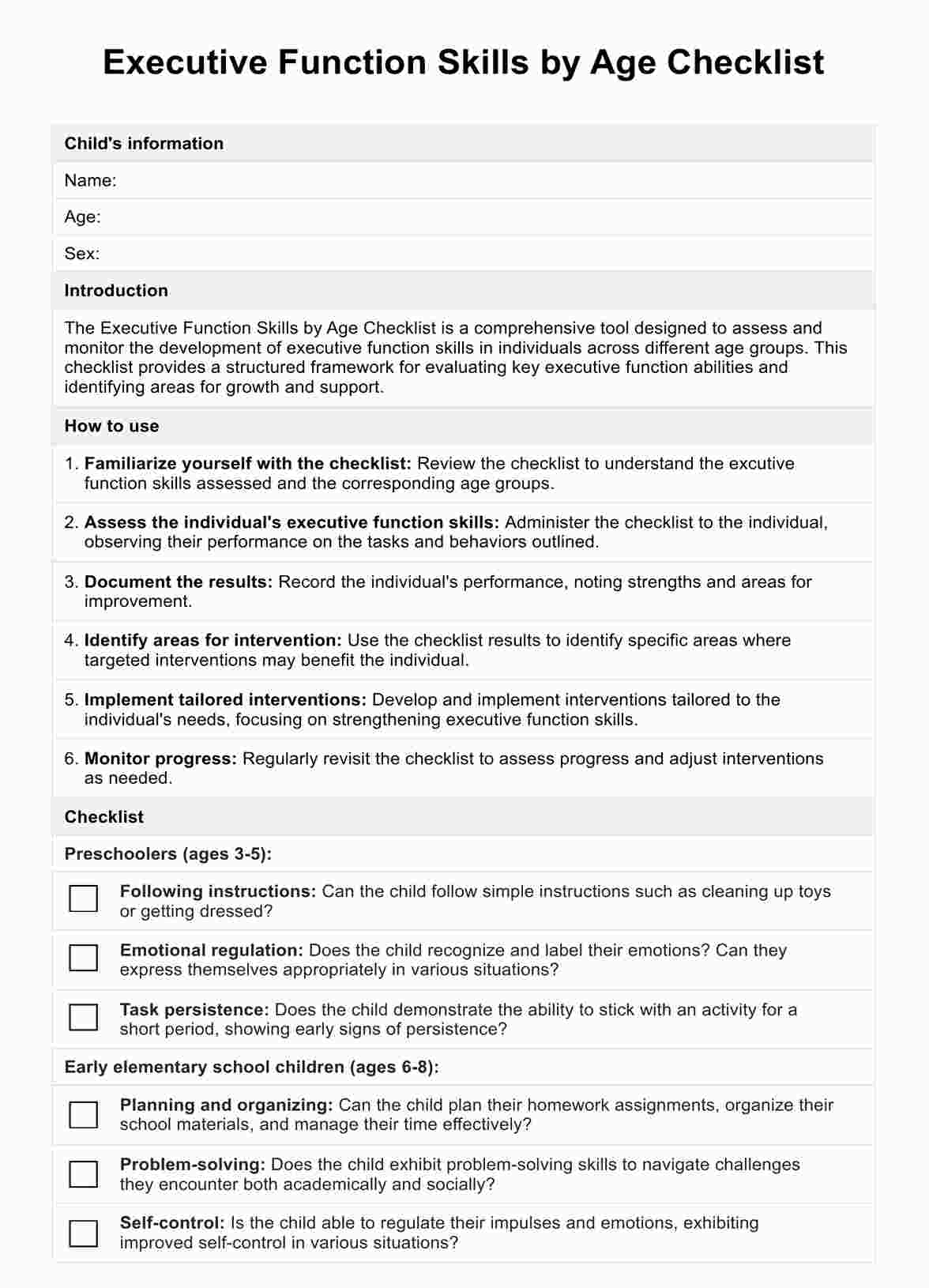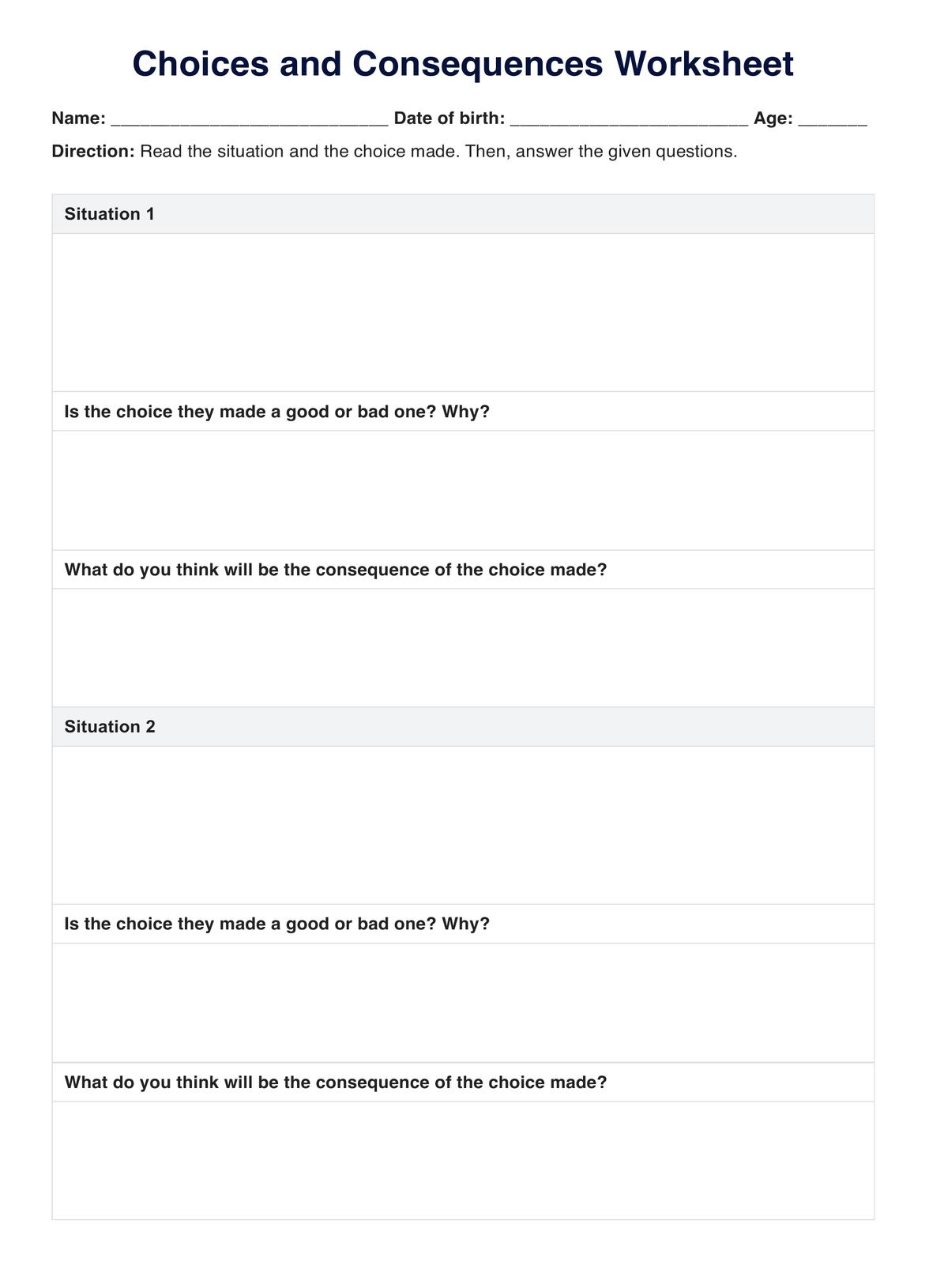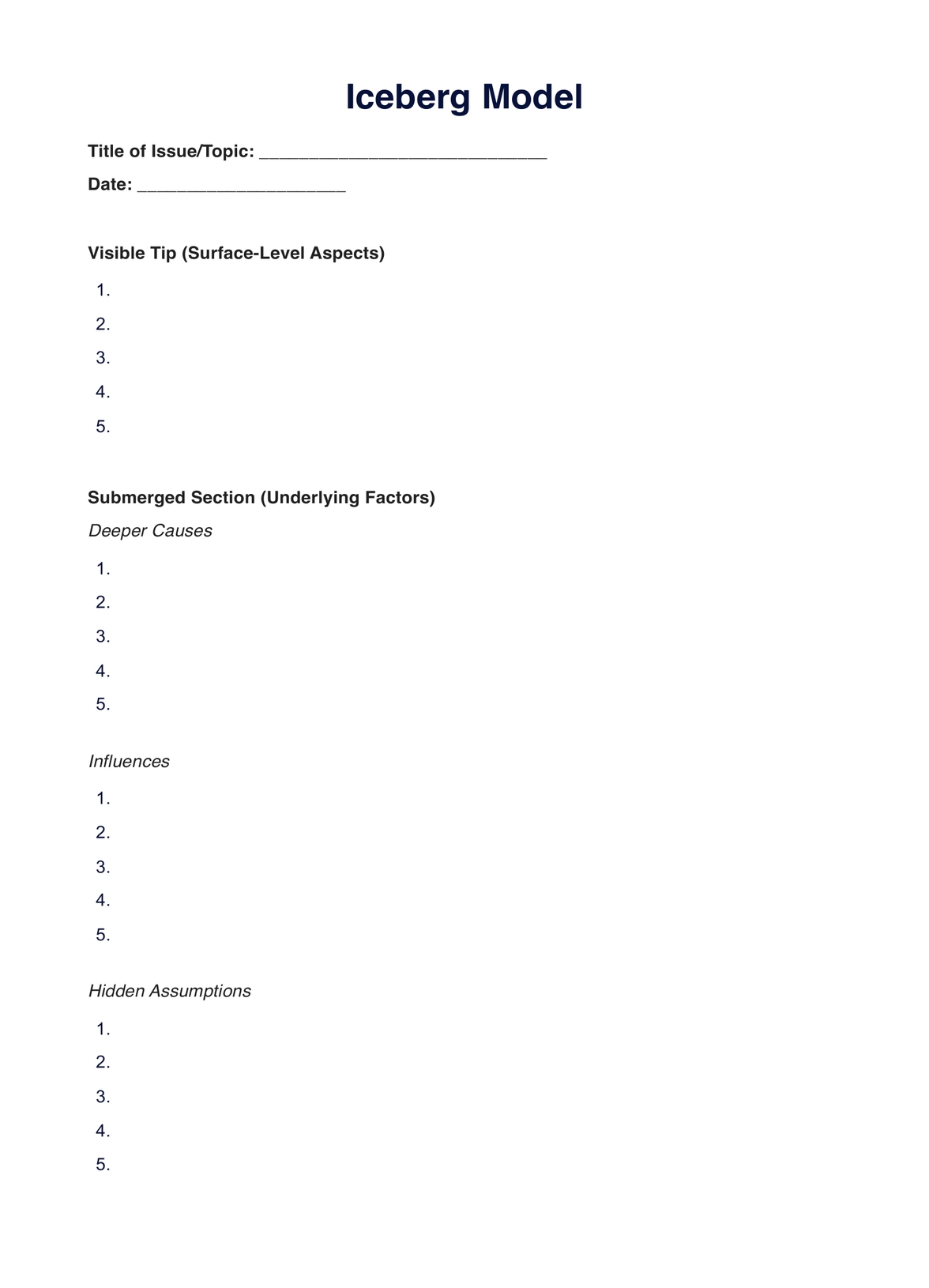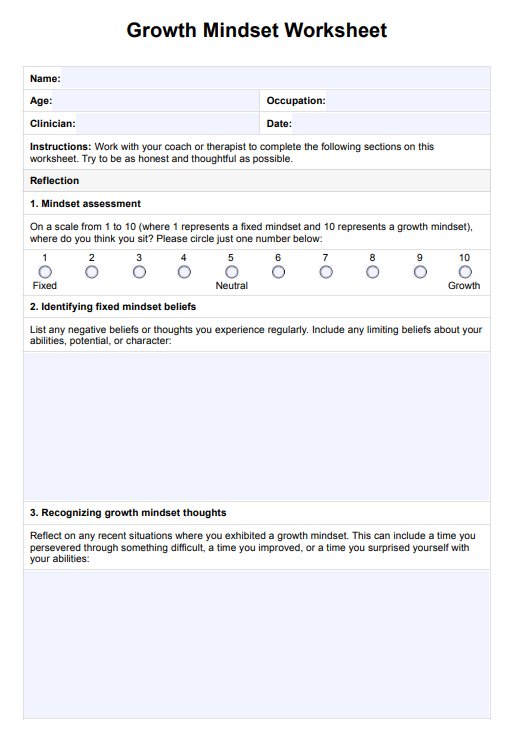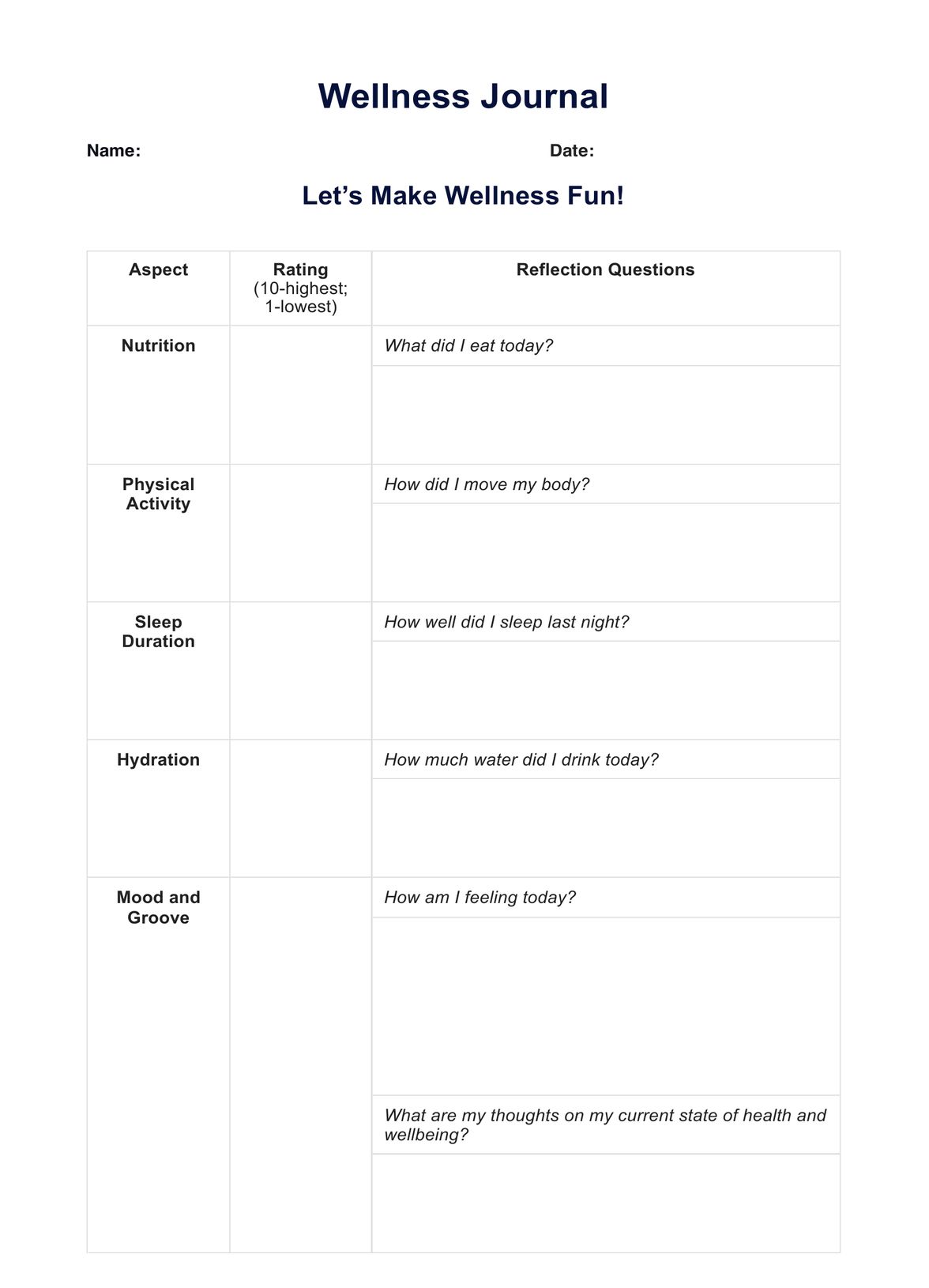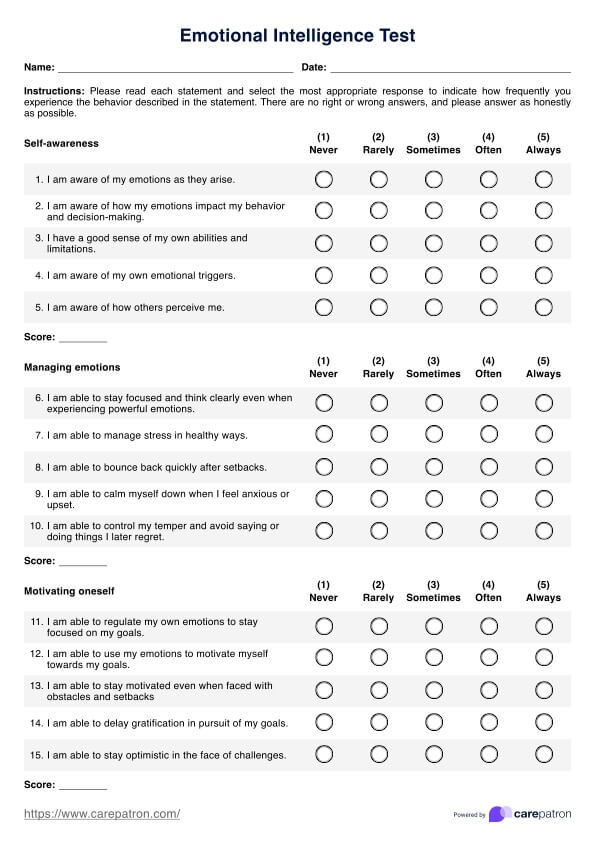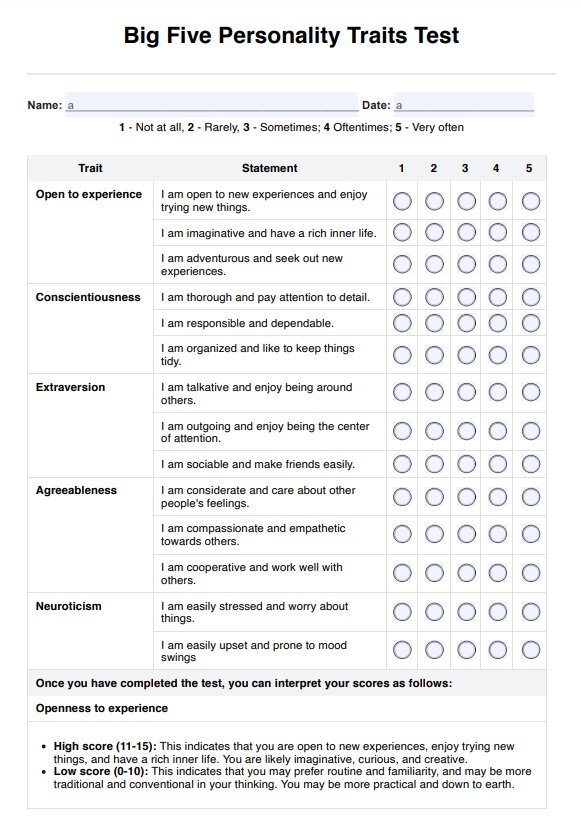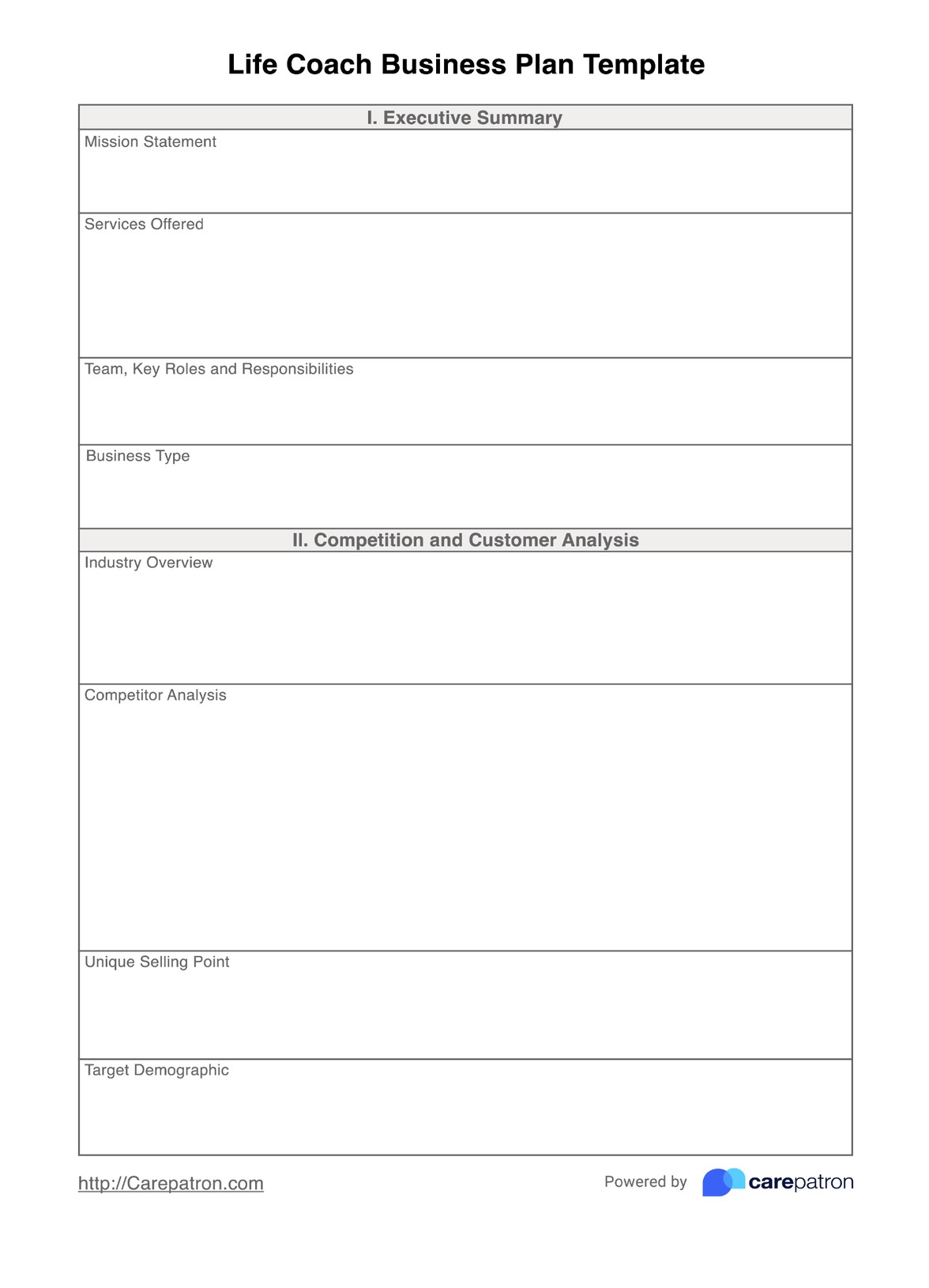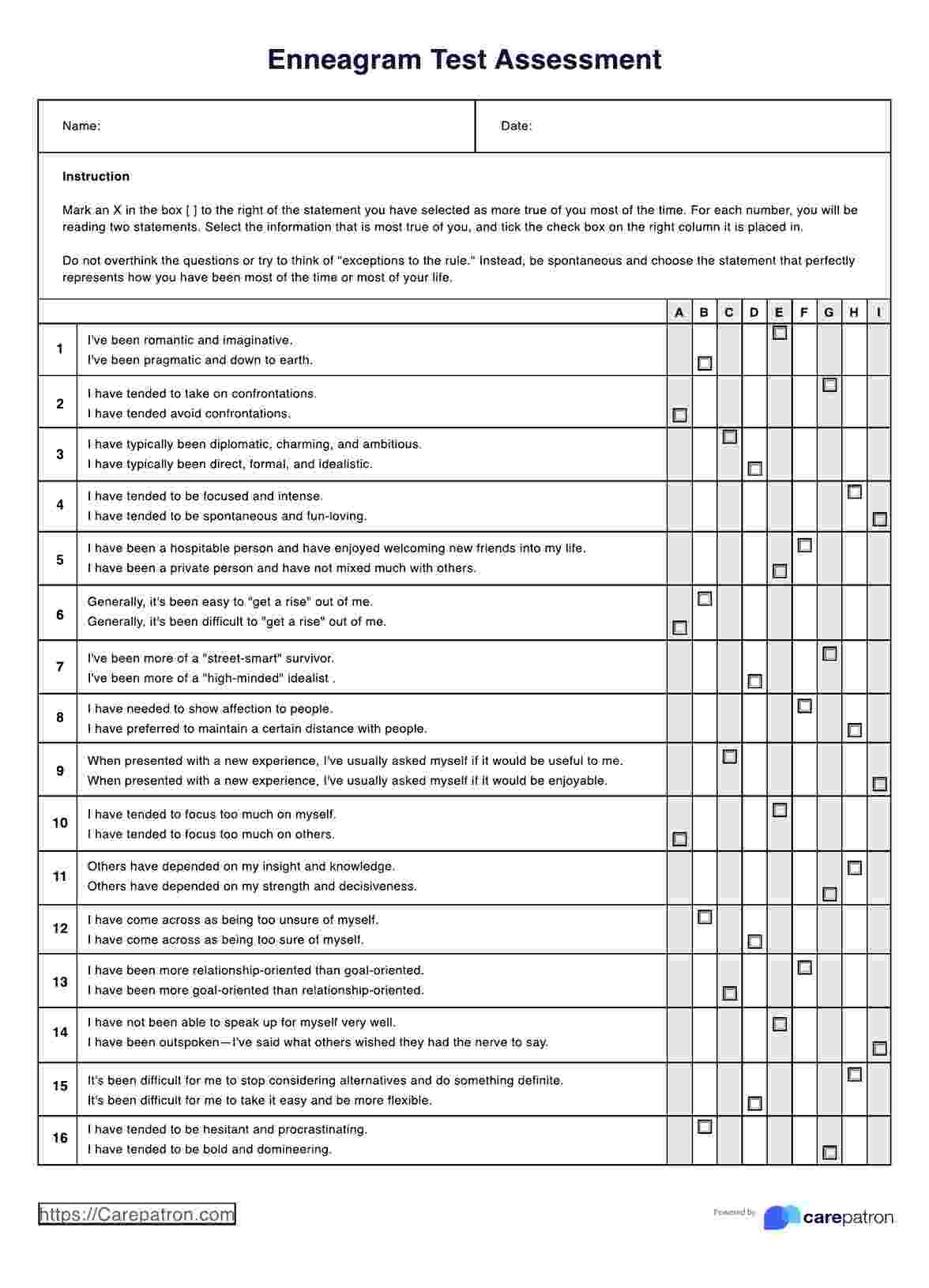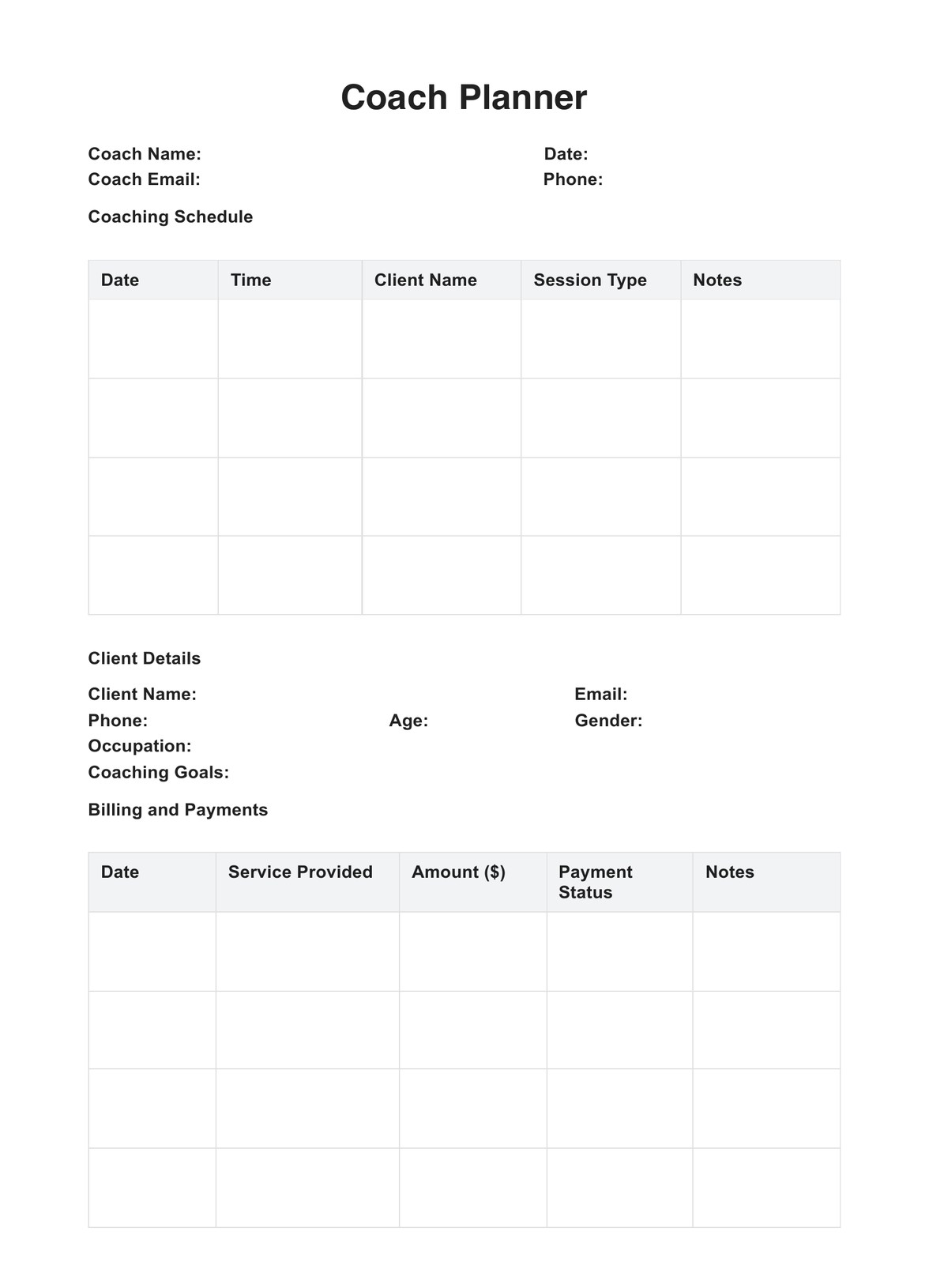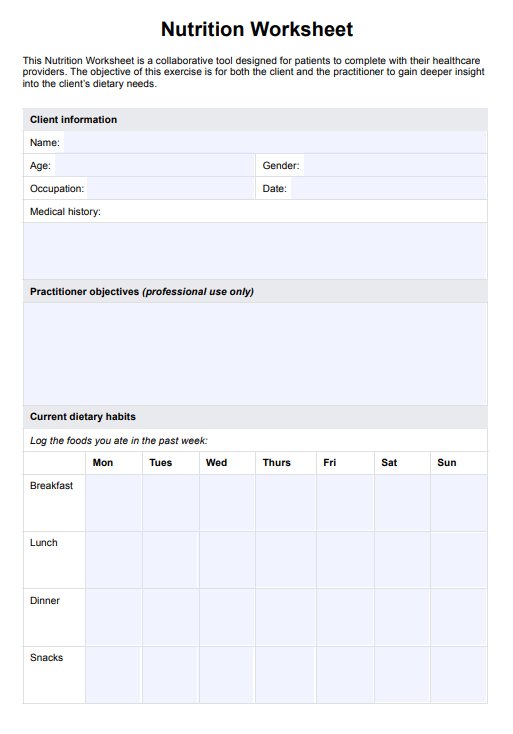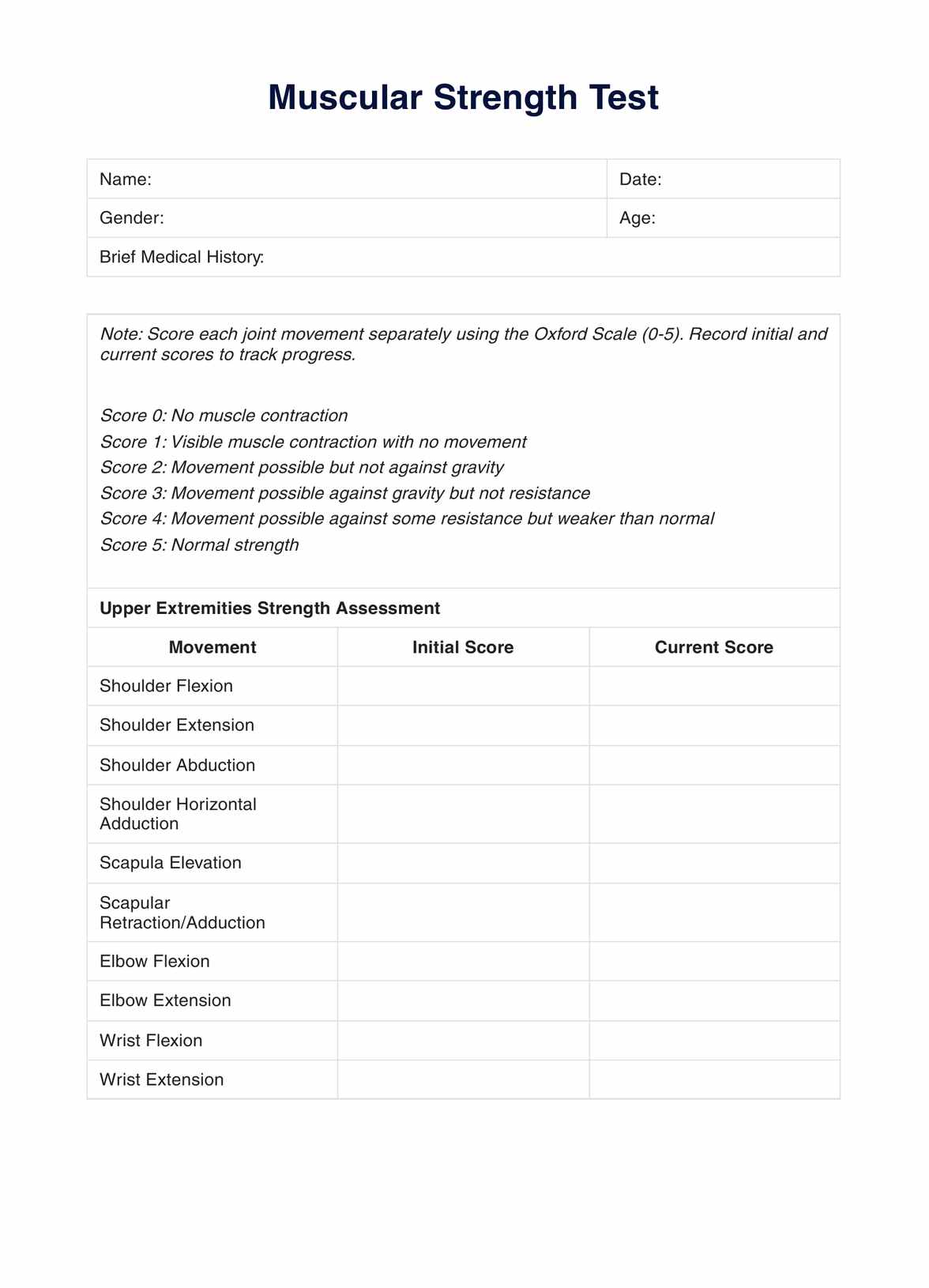5-Minute Guided Meditation Script
Learn how to guide your clients' meditation with our free 5-Minute Guided Meditation Script. Download the PDF here.


What are 5-Minute Guided Meditation Scripts?
In our current world, where time feels increasingly scarce, 5-minute meditation scripts offer a practical solution for healthcare practitioners seeking to incorporate mindfulness into patient care without adding significant time commitments. Unlike longer meditation sessions that might explore multiple techniques or deeper states of awareness, 5-minute scripts focus on essential mindfulness elements—typically centering on deep breath meditation, awareness of physical sensation, or simple present-moment attention exercises.
These abbreviated scripts serve multiple purposes in healthcare settings. They provide structured guidance for practitioners who may be new to teaching meditation, ensuring key components are included despite the time constraint. For patients, these scripts offer an accessible entry point to mindfulness exercises that feel manageable within their daily routines.
What makes these brief scripts particularly valuable is their versatility. They can be easily adapted for diverse clinical populations, from chronic pain management to anxiety reduction or sleep preparation.
Healthcare practitioners can use these scripts at various moments: as opening centering exercises before procedures, calming techniques during stressful clinical moments, or as take-home practices patients can practice independently.
5-Minute Guided Meditation Script Template
5-Minute Guided Meditation Script Example
How does it work?
Our free Five-Minute Guided Meditation Script typically follows a structured approach to lead the practitioner through the meditation practice. Here's a step-by-step outline of how you can guide clients through their meditation journey.
Step 1: Access the script
From the template preview, click "Download" to get a PDF copy of the script. You can also click "Use template" to open and edit the template within the Carepatron platform.
Step 2: Setting the environment
Ensure a quiet space free from distractions. Instruct the client to settle in a comfortable position with their feet flat on the floor or planted firmly on the ground beneath them.
Step 3: Grounding and breath focus
Begin by guiding the client to close their eyes and bring attention to the normal rhythm of their breath. Encourage deep breaths to release tension and stress. Use the breath as an anchor to bring awareness of the physical sensations of inhalation and exhalation.
Step 4: Body scan and deep relaxation
Lead a body scan, directing awareness to different areas. Prompt the client to notice and release tension or discomfort in each area through exhalation and relaxation.
Step 5: Mindfulness and visualization
In the next few moments, incorporate mindfulness and grounding techniques like breath awareness and body sensations. If desired, integrate awareness of difficult emotions, visualization exercises, or positive affirmations to cultivate peace and calm. Guide them in restoring their focus and awareness, even with a wandering mind.
Step 6: Transitioning out and integration
Let the clients take a moment to come back to their surroundings by instructing them to take deep breaths, gently open their eyes, and reorient themselves. Encourage them to carry the sense of relaxation into their daily activities and practice reconnecting with their breath when feeling stressed or overwhelmed.
Benefits of using a mindfulness meditation script
A guided mindfulness meditation script can benefit healthcare practitioners and their patients or clients. Here are some key advantages:
Structured and accessible approach
Guided meditation scripts provide a structured framework for leading mindfulness practices, making them more accessible to individuals new to meditation or struggling with maintaining focus during unguided practices. This structured approach can help patients or clients stay engaged and present throughout the session and learn meditation techniques.
Consistency and standardization
A healthcare practitioner or a mindfulness teacher can ensure consistent and standardized delivery of mindfulness instructions and techniques by following a pre-written script. This consistency can be particularly beneficial when working with groups or when multiple practitioners deliver the meditation guidance.
Cultivating present-moment awareness
Guided meditation scripts often emphasize techniques such as deep breathing exercises and body scans, which can help clients be fully present in the moment and embody self-compassion. This present-moment focus has been associated with reduced stress, improved emotional regulation, and enhanced overall well-being.
Promoting relaxation
Many guided meditation scripts incorporate progressive muscle relaxation exercises, which can help clients release tension, ease anxiety, and connect with their inner world. For instance, a 5-minute mindfulness body scan script can help clients achieve a deeper state of relaxation and practice self-care. This relaxation response can positively affect various physical and mental health aspects, including reduced stress.
Integrating therapeutic elements
Guided meditation scripts can be tailored to include therapeutic elements such as loving-kindness exercises, affirmations, or specific metaphors when providing practical advice. This integration can enhance the therapeutic value of mindfulness practices and support overall healing and well-being.
Commonly asked questions
Guided meditations are audio recordings or live instructions that lead the listener through a meditation session. In these, a narrator or guide verbally walks the listener through relaxation techniques, visualizations, and mindfulness practices to help the listener meditate. This can incorporate the use of scripts in numerous ways.
When guiding a meditation, it's best to speak slowly and calmly in a soothing voice, providing clear instructions for breathing, body awareness, and visualization. Use descriptive language to paint a picture in the listener's mind. Allow for silence and pauses to give them time to focus inward. Gently guide their attention back if it wanders, ending by bringing them back to the present moment.
Guided imagery uses descriptive language to create vivid mental pictures that evoke relaxation, calmness, or empowerment. This includes imagining yourself in a peaceful natural setting like a beach or forest, visualizing a protective or healing white light surrounding your body, picturing yourself accomplishing a goal or overcoming a challenge, or visualizing your worries or negative emotions leaving your body.


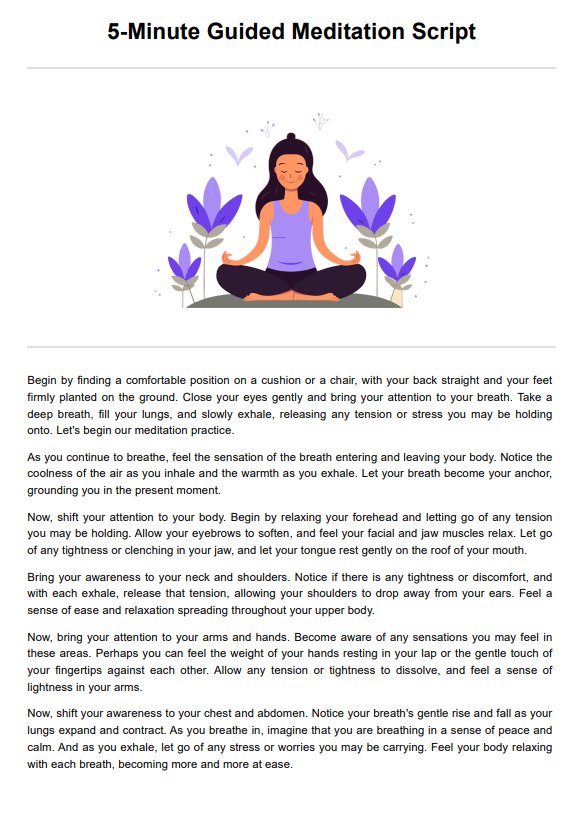
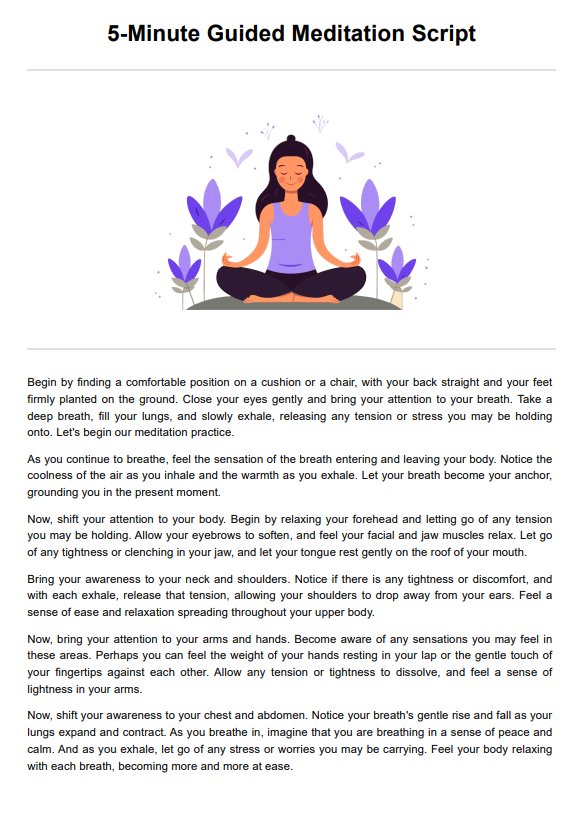

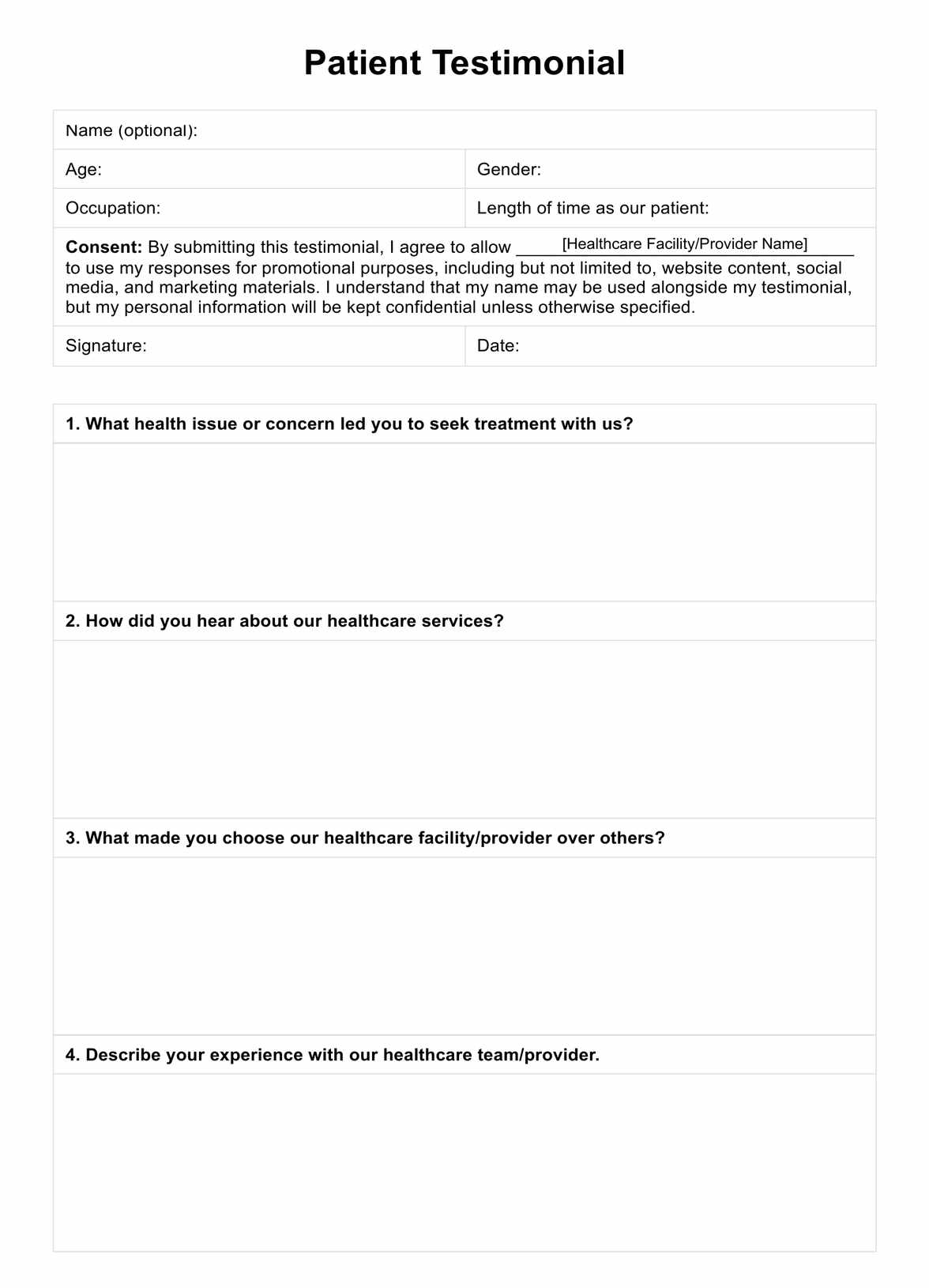
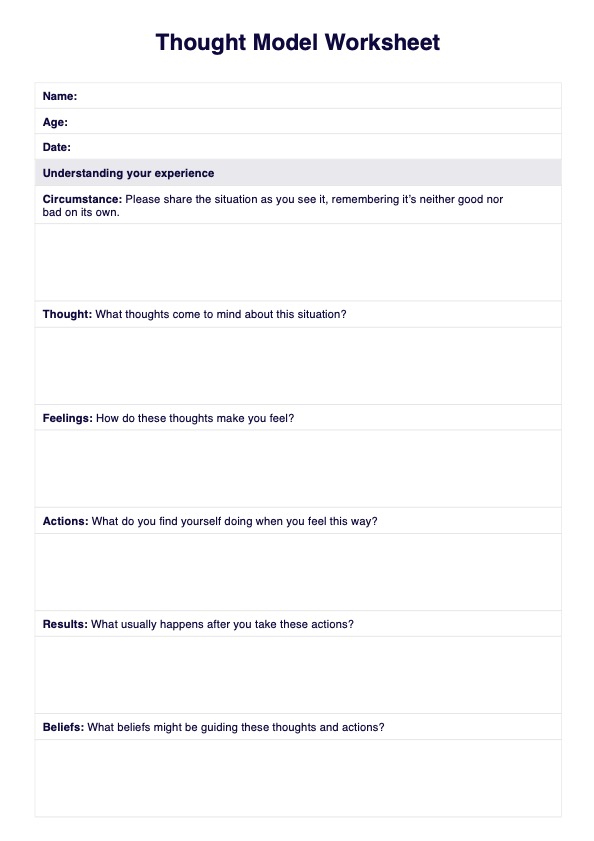
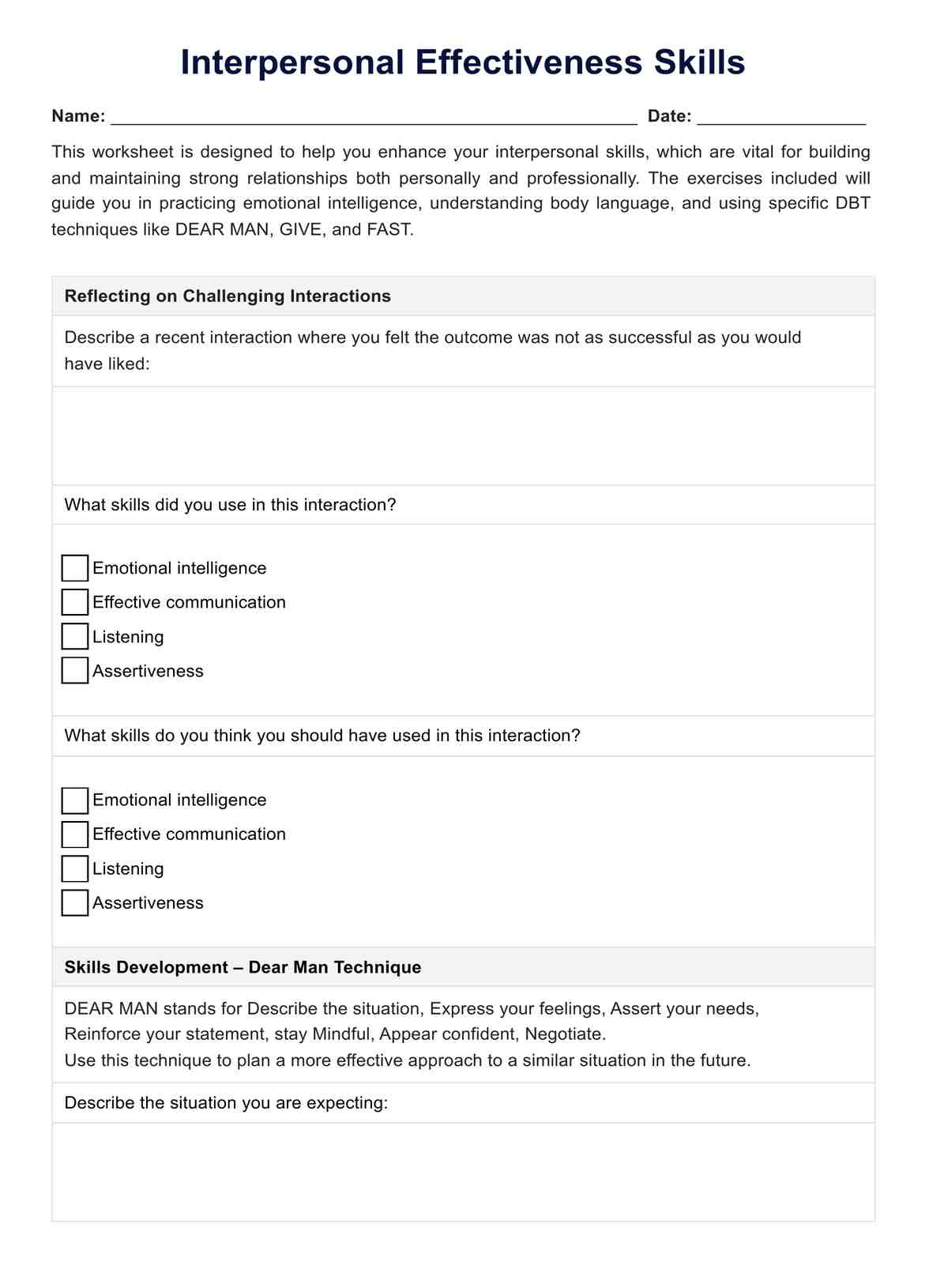








-template.jpg)


























